Super-volcanoes, solar flares, terrorists, zombies, balloons in the sky…oh my!
The idea of “bugging out” is a hotly debated one in the survival, prepper, and gun owner communities.
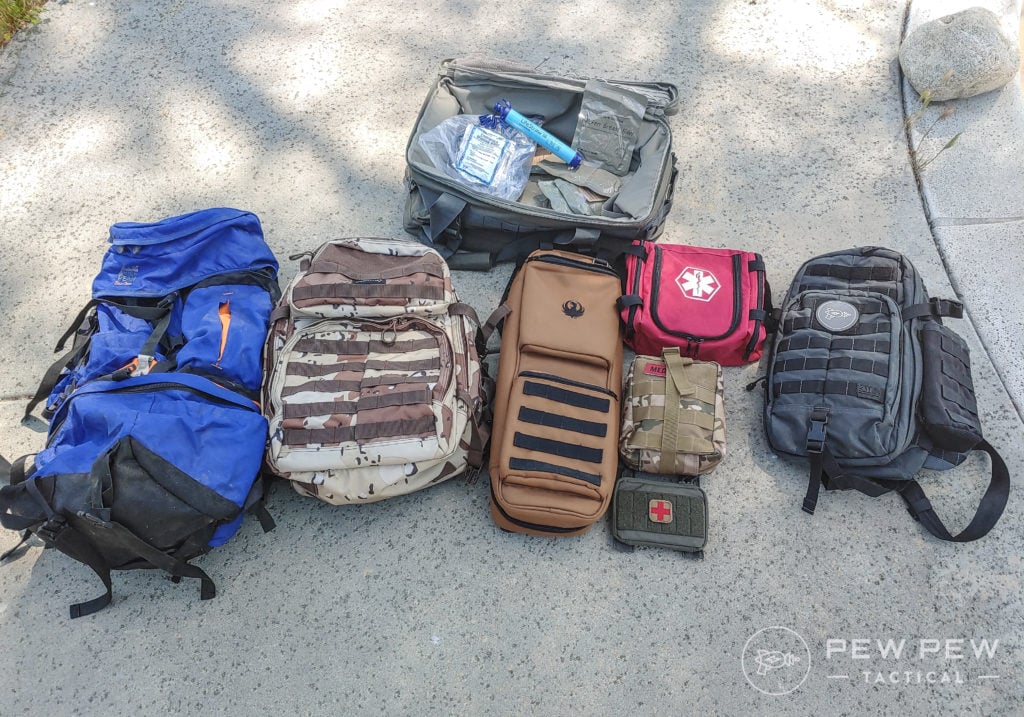
While we each have our own reasons for wanting a bug out bag(s)…this list should get you started on the essentials.

I’ll cover what scenarios require a bug out bag (BOB), different types of BOBs, the actual backpacks, and all the goodies to include.
By the end, you’ll have a great understanding (and shopping list) to create your own for your specific situation.
THE QUICK LIST
-
Best Bug Out Bag
-
Best H2O Bottle
-
Best for Easy Water Purification
-
Best MREs
-
Best Multitool
Table of Contents
Loading…
What Is “Bugging Out?”
The act of “bugging out” is leaving your home or other location as quickly as possible, probably due to an emergency of some kind.
What kind of emergency?

While the tinfoil hat in all of us might want to prepare for zombies, terrorists, or aliens — the reality is that we’re far, far more likely to need a survival or bug out bag due to natural disasters.
What kind depends on where you live, though.
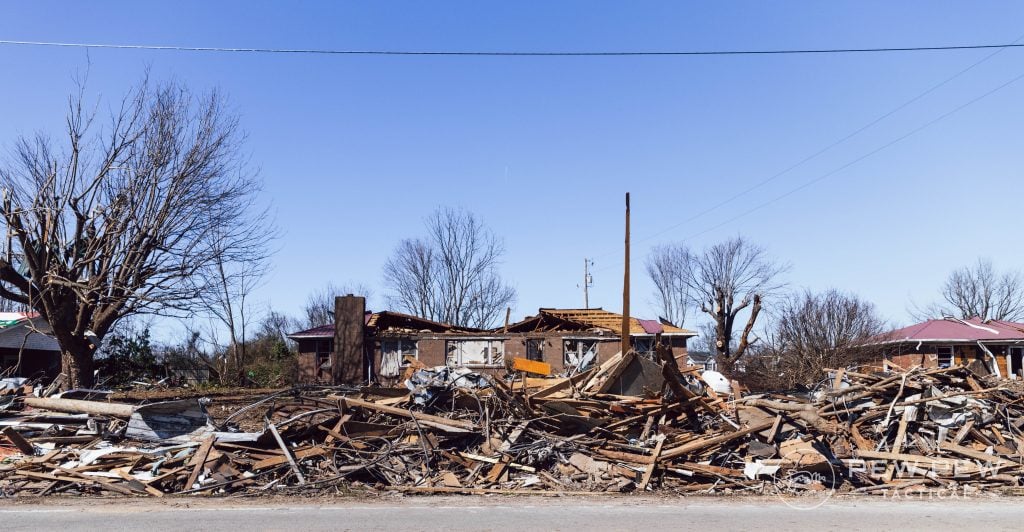
These bags are designed to sit waiting when you need them.
You don’t have time to pack, you don’t have time to grab one more item, and you have exactly the amount of time it takes to get your family, your dog, and your bag.
Best Bug Out Bags (Bag Itself)
There are several great bag manufacturers out there, and there are a lot more really crappy bag makers.
There are good knock-offs and horrible knock-offs.
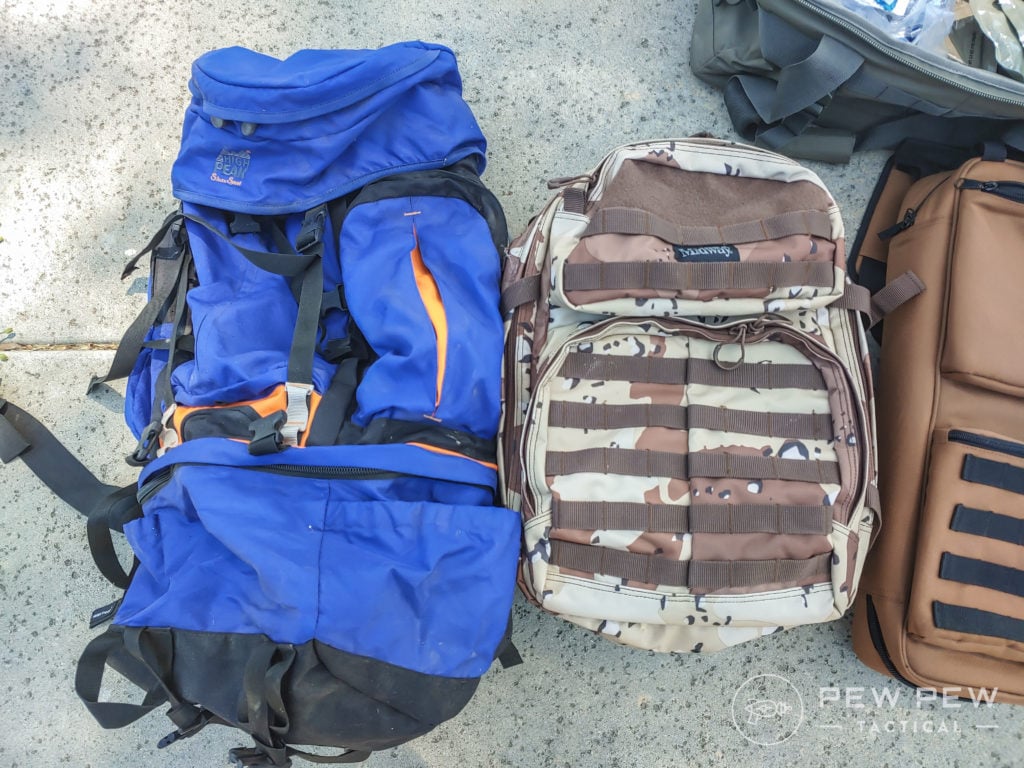
And the prices range from “clearly a bad idea” to “oh my god, my first car was less than that.”
Look for a bag that is easy to use and really durable. Quality stitching, reinforced areas, and smooth zippers are critical.
Always get a bag at least a little larger than you think you’ll need. These bags have a tendency to grow as you remember things to add. Empty space is never a bad thing, but a bursting full bag is terrible.
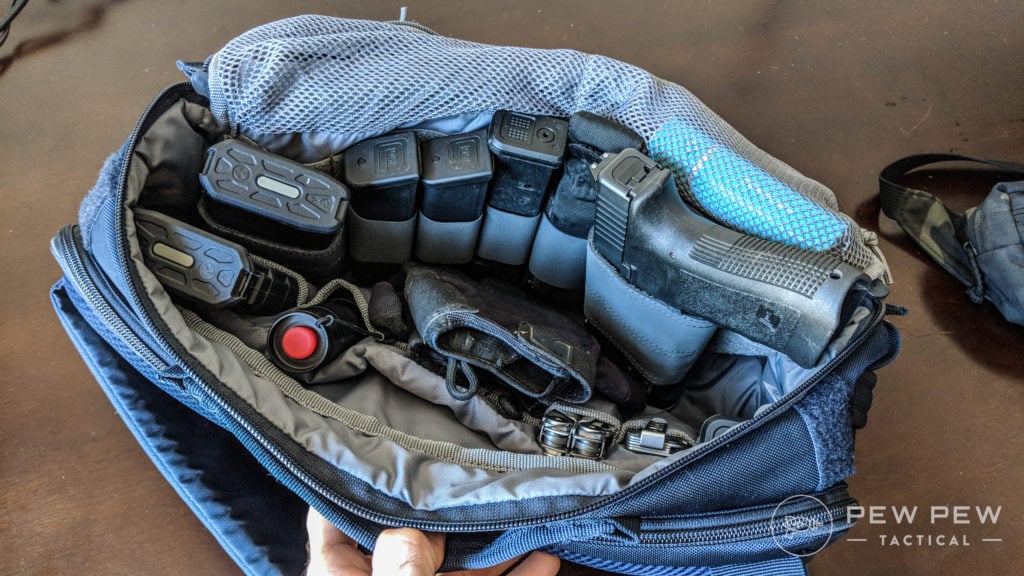
As a general guide, there are a few brands I really like:
All of these will serve you well, but I do have some favorites.
5.11 Tactical RUSH
Prices accurate at time of writing
Prices accurate at time of writing
-
25% off all OAKLEY products - OAKLEY25
Copied! Visit Merchant
The RUSH series of bags are perfect for a range of Bug Out Bags. The MOAB 10 is my EDC work bag and my Get Home bag, while the RUSH72 is one of my 72-hour bags.
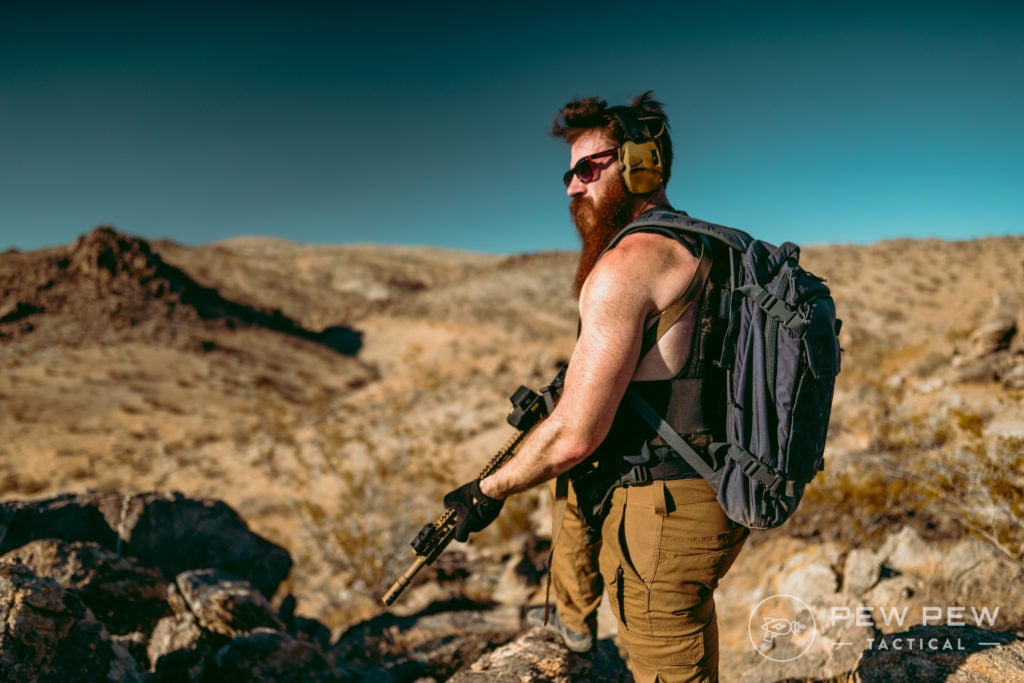
They are well-made, durable, and really handy. I highly recommend them.
Mystery Ranch Glacier
Prices accurate at time of writing
Prices accurate at time of writing
-
25% off all OAKLEY products - OAKLEY25
Copied! Visit Merchant
Super popular with hunters and backpackers, Mystery Ranch has been around making amazing bags for a long time. Most of these are frame backpacks, either internal or external frames.
All of them are built like tanks, and many of them have special holders for a rifle or bow. If you need a bag that you can hike 50 miles in while carrying everything you need to survive, Mystery Ranch is my go-to pick.
It’s comfortable and durable — two things you probably want if you’re toting gear around.
Lynx Defense EDC Backpack
Prices accurate at time of writing
Prices accurate at time of writing
-
25% off all OAKLEY products - OAKLEY25
Copied! Visit Merchant
Another preferred pack for our team comes from Lynx Defense — the EDC Backpack.
Available in a variety of styles, the EDC Backpack offers plenty of pockets for organization, including a concealed EDC pocket.
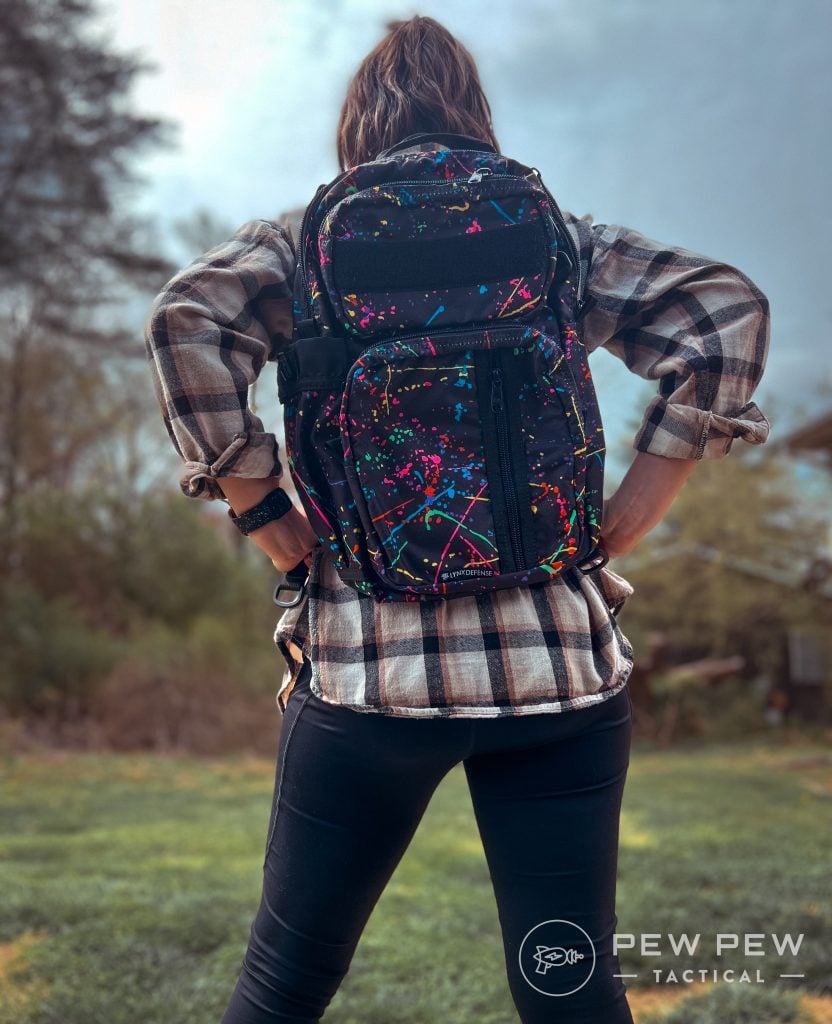
The pack also sports no-slip shoulder pads, which stay in place and offer comfort for long jaunts. The only downside is the price — at $200, it might be out of the reach of some consumers. But the quality is amazing, and we’re still using Lynx bags 10 years later.
Best Water/Hydration
Canteen
Prices accurate at time of writing
Prices accurate at time of writing
-
25% off all OAKLEY products - OAKLEY25
Copied! Visit Merchant
A hard water bottle gives you something to not only hold water in but also to purify water. I like to have at least two so that I can be purifying water in one and drinking water in another.
I like a standard U.S. military-style canteen. They’re lightweight, hold a decent amount of water, cheap, and there are about 5,000 holders on the market for attaching them to a belt, pack, or anything else.
Nalgene Water Bottle
Prices accurate at time of writing
Prices accurate at time of writing
-
25% off all OAKLEY products - OAKLEY25
Copied! Visit Merchant
Alternatively, a Nalgene bottle is my runner-up since they are indestructible and have a much wider mouth. The wide mouth comes in handy for things like refilling, cooking, purification, and more.
But I’ve spent years trying to find a handy way of carrying my Nalgene, and I still have yet to find a method that I actually like. Bottom line, I hate hiking with one, but I often have one clipped to my bag empty for use around camp.
Potable Aqua Water Purification Treatment
Prices accurate at time of writing
Prices accurate at time of writing
-
25% off all OAKLEY products - OAKLEY25
Copied! Visit Merchant
The gold standard for treating water.
There are a lot of options when it comes to what exact model you get, but I use the single bottle kind. These do leave an aftertaste, but it’s simpler and lighter to pack than the two-bottle system that removes the aftertaste.
Embrace the suck or use some drink mix to make the water taste better.
LifeStraw
Prices accurate at time of writing
Prices accurate at time of writing
-
25% off all OAKLEY products - OAKLEY25
Copied! Visit Merchant
Perfect for drinking water on the go, the LifeStraw filters out everything bad that might be in your water while you drink it. This means no weird aftertaste but does mean one more thingy to carry.
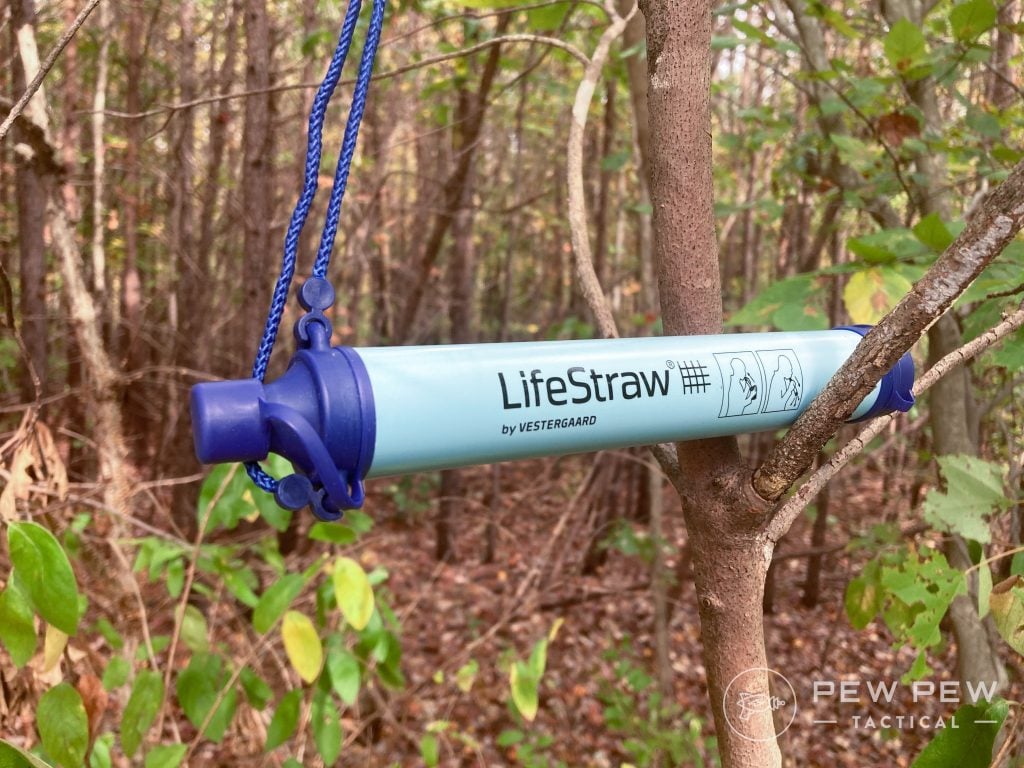
LifeStraws filter at least 1,000 gallons of water each, so getting one per person is an easy way of making sure you’ll have water to drink almost no matter what.
Best Bug-Out Food/Food Prep
S.O.S. Emergency Rations
Prices accurate at time of writing
Prices accurate at time of writing
-
25% off all OAKLEY products - OAKLEY25
Copied! Visit Merchant
These are…well, they will keep you alive and active. And they have a 5-year shelf life. And they taste… okay.
They pack small, last a long time, are lightweight, and can feed a family for a week. But they don’t taste amazing, and they aren’t super filling.
Emergency rations are meant to keep you alive, not to keep you happy. Still, a pack of these should be in every survival bag.
Larabar Mini
Prices accurate at time of writing
Prices accurate at time of writing
-
25% off all OAKLEY products - OAKLEY25
Copied! Visit Merchant
Everyone needs to snack! I love these because they taste good, they have a lot of flavor options, they last a long time, and they are surprisingly filling.
Emergen-C Energy+
Prices accurate at time of writing
Prices accurate at time of writing
-
25% off all OAKLEY products - OAKLEY25
Copied! Visit Merchant
Drink mix is critical for a survival bag. It makes water taste better, especially if it tastes weird due to purification. It gives you some extra oomph, and it’s just a nice comfort sometimes to drink something tasty.
There are a lot of options for this kind of thing, but Emergen-C Energy+ fills a lot of roles in one.
It makes water taste good, gives you a vitamin boost (something you’ll likely be running low on), and gives you a solid dose of caffeine without overwhelming your system.
Caffeine in survival is a double-edged sword. On the one hand, it helps to keep you going. On the other hand, it can make sleeping and downtime harder. And you do need to sleep.
MSR PocketRocket 2
Prices accurate at time of writing
Prices accurate at time of writing
-
25% off all OAKLEY products - OAKLEY25
Copied! Visit Merchant
A small stove is nice to have but not critical. Depending on your bag and what you pack for food, it might not be useful.
But if you’re planning on keeping any kind of freeze-dried food in your bag, a backpacking stove is nice.
It also is great for winter conditions where snow might need to be converted to water.
MSR PocketRocket is a classic in the backpacking community; I’ve used one personally on a lot of trips. Simple, lightweight, and works.
MalloMe Camping Cookware Mess Kit
Prices accurate at time of writing
Prices accurate at time of writing
-
25% off all OAKLEY products - OAKLEY25
Copied! Visit Merchant
Another item that is dependent on what you pack. Personally, I would keep most of this kit in another camping box for weekend use and only throw the plate/pot into the Survival Bag.
I have nothing bad to say about it, and it’s held up well over the trips.
If possible, though, I would design my bag around not needing a mass kit of any kind.
However, if you’re bugging out in a more family-style way, then the small amount of normalcy that comes from everyone eating together off of plates might be good for the kids and for morale in general.
Also, don’t forget utensils!
Prices accurate at time of writing
Prices accurate at time of writing
-
25% off all OAKLEY products - OAKLEY25
Copied! Visit Merchant
PIG Full Dexterity Tactical (FDT) Alpha Gloves
Prices accurate at time of writing
Prices accurate at time of writing
-
25% off all OAKLEY products - OAKLEY25
Copied! Visit Merchant
We cover these gloves in-depth in our Best Shooting Gloves review, and I highly recommend you give it a read!
The short story, though, is that these gloves rock. Superb dexterity, thick padding, tight-fitting, duel-joint fingers, and touch-screen compatibility — these gloves are simply awesome.
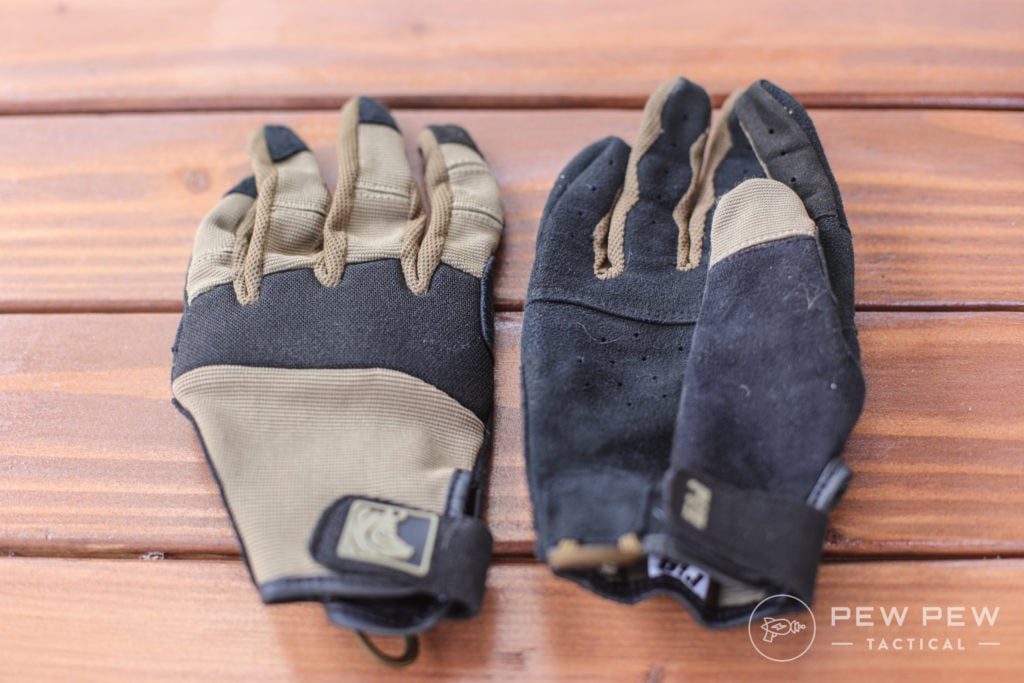
Almost the entire PPT team uses these gloves, and we bought them ourselves, so that should tell you how much we approve of them.
ShellShock Protection SWITCH Ballistic Glasses
Prices accurate at time of writing
Prices accurate at time of writing
-
25% off all OAKLEY products - OAKLEY25
Copied! Visit Merchant
If you’re going to bring sunglasses, bring ones that are rated for more than your average drive around town.
We’re a little biased on this one since we started our own hearing and eye protection company, BUT that’s because we took our years of experience using eyes and ears to create something we love. Our overall favorite for style, coverage, and protection is our very own ShellShock Protection Ballistic Glasses.
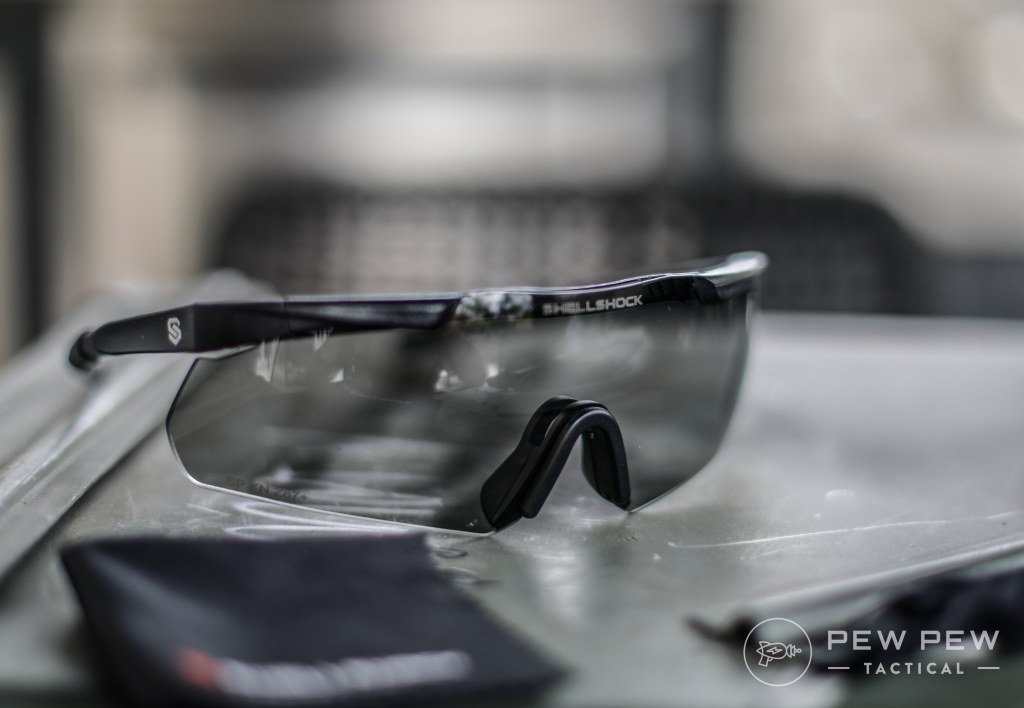
The Switch glasses kit is hands-down our favorite since it comes with BOTH clear and smoke anti-fog lenses, so you’re prepared no matter where you are. These are ANSI Z87.1+ rated and certified for trusted protection.
With stuff in the air, possibly high winds, or you might need to use your weapon — it’s good to have proper eye protection.
Best Shelter/Bedding for Bugging Out
WiseOwl Tent Tarp
Prices accurate at time of writing
Prices accurate at time of writing
-
25% off all OAKLEY products - OAKLEY25
Copied! Visit Merchant
A good tarp and some rope are all you need to make a great shelter in a hurry. It’s also great for sleeping on, turning into a field stretcher, collecting water, and a whole lot more.
Coleman 0°F Mummy Sleeping Bag
Prices accurate at time of writing
Prices accurate at time of writing
-
25% off all OAKLEY products - OAKLEY25
Copied! Visit Merchant
The first question you should ask yourself before picking a sleeping bag is: Do you really need one?
Depending on how long you want to survive using your bug out bag, the weather, and how much weight you want to carry, a sleeping bag might not be a great choice.
However, if it might be very cold, or you want to live out of this bag for a longer period of time, then a sleeping bag can provide much-needed warmth and comfort.
Coleman will always be near the top of our list for great bags on a budget.
However, this Coleman is rather heavy, so it’s not a great idea if you need to pack this a long distance.
Hyke & Byke Quandary Sleeping Bag
Prices accurate at time of writing
Prices accurate at time of writing
-
25% off all OAKLEY products - OAKLEY25
Copied! Visit Merchant
If you can expand your budget, though, there are better options for sleeping bags such as the Hyke & Byke Quandary. Rated for 15 degrees Fahrenheit this bag will keep you warm under most conditions.
It also only weighs a little over 3 pounds!
If you really want to trim weight, there are options that are in the 1-pound range — but you can expect to shell out a huge amount of cash for those.
Nemo Sleeping Pad
Prices accurate at time of writing
Prices accurate at time of writing
-
25% off all OAKLEY products - OAKLEY25
Copied! Visit Merchant
Unlike what most people think, a sleeping pad isn’t just for comfort. It’s mostly about keeping you off the ground and helping you to retain warmth. Also, it’s comfier.
Another item that you might not really need but should at least consider is the ground pad/sleeping pad.
I can say from experience that a ground pad really makes a difference and that I would often choose to pack one even if I didn’t pack a tent and/or sleeping bag.
Trekology Ultralight Inflatable Camping Pillow
Prices accurate at time of writing
Prices accurate at time of writing
-
25% off all OAKLEY products - OAKLEY25
Copied! Visit Merchant
Back in my day, I used a 99-cent beach ball and a pillowcase as a pillow on backpacking trips. Nowadays, though, you can get this thing that actually lasts more than one night!
Granted, do you really need it, though? Again that will be up to you, but it is super lightweight at only 3.4 ounces, it is fairly cheap, and a night of good sleep is an amazing thing when you’re dealing with the stress of bugging out.
If you have back or neck issues, you might want to seriously consider adding this to your bag since it is more adjustable and contoured than sleeping on your bag or a pile of clothes might be.
ALPS Mountaineering Lynx 1-Person Tent
Prices accurate at time of writing
Prices accurate at time of writing
-
25% off all OAKLEY products - OAKLEY25
Copied! Visit Merchant
A bugout bag based on natural disasters is likely going to be dealing with inhospitable weather.
Even if your natural disaster is something like a wildfire or volcano, these can change weather patterns and cause some nasty events on top of what you’re already dealing with.
In such cases, a tent might be preferred over just a tarp.
Sure, you can make do with just a tarp and your wits — but a tent is a lot easier and more reliable.
Best Gear for Bugging Out
Zippo Typhoon Matches and Match Kit
Prices accurate at time of writing
Prices accurate at time of writing
-
25% off all OAKLEY products - OAKLEY25
Copied! Visit Merchant
There are a lot of “waterproof” matches on the market, but in my experience, most of them don’t work. Zippo Typhoon matches have never let me down, though, and the small case they come in is outstanding.
The striking surface is protected, so it won’t wear off in your bag. And the whole case is waterproof and floats, while the matches themselves are coated in an extra thick layer of flammable material to help them burn hot and stay lit.
Uberleben Zunden
Prices accurate at time of writing
Prices accurate at time of writing
-
25% off all OAKLEY products - OAKLEY25
Copied! Visit Merchant
Flint and steel — good enough for a caveman, good enough for us!
You won’t run out; it’s waterproof, it can work while wet, and you can even use it on moist tinder to help dry it out.
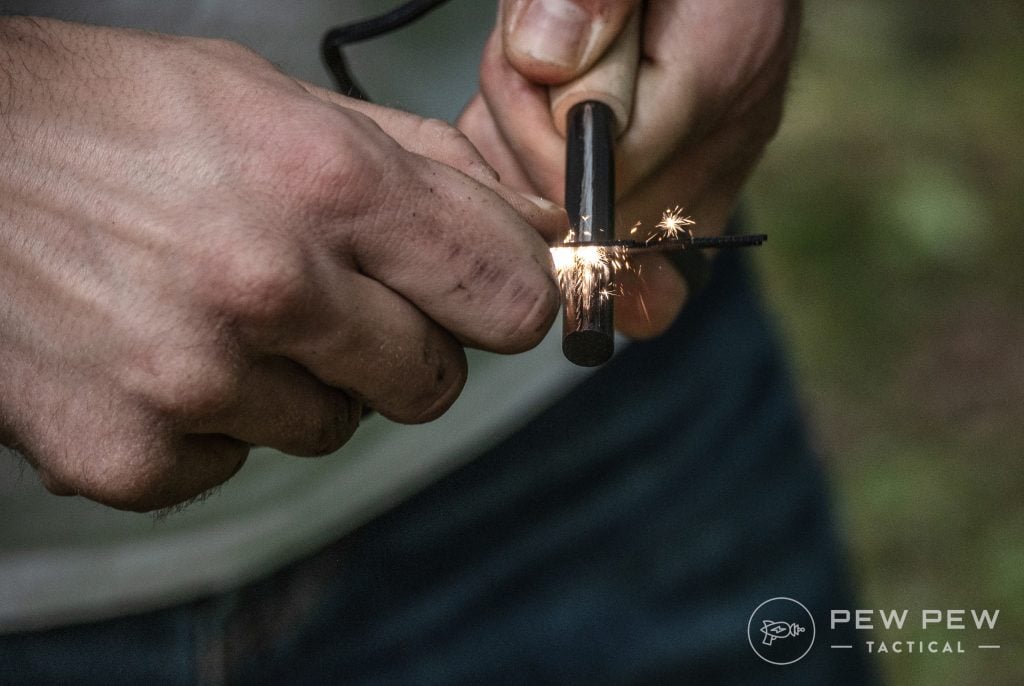
But it does take some practice and know-how. If you haven’t started a campfire before with flint and steel, please take a weekend to go camping and try it out before relying on it in your survival bag.
For more options, check out the Best Fire Strikers for Survival.
Emergency Foil Mylar Thermal Blanket
Prices accurate at time of writing
Prices accurate at time of writing
-
25% off all OAKLEY products - OAKLEY25
Copied! Visit Merchant
Mylar blankets keep you warm in the cold, cool in the sun; they’re lightweight, cheap, and can work as a reflective surface for signaling.
In short: you need them, period.
HotHands
Prices accurate at time of writing
Prices accurate at time of writing
-
25% off all OAKLEY products - OAKLEY25
Copied! Visit Merchant
If you can spare the weight, having one or two hand warmers can go a long way in making you a bit more comfortable or, in extreme situations, stave off frostbite.
If you’re in the cold, these are high on the list.
RAVPower Solar Charger
Prices accurate at time of writing
Prices accurate at time of writing
-
25% off all OAKLEY products - OAKLEY25
Copied! Visit Merchant
Recharging your batteries is really nice to have. While you can go for crank rechargers, those take a lot of effort. Try recharging your phone off one, and you’re in for one helluva workout.
Solar is passive but unreliable. You can set it on your bag while you walk, but if the sun isn’t out, you might be in trouble.
You can see more recommendations for solar panels here.
Duct Tape 2×50 Roll
Prices accurate at time of writing
Prices accurate at time of writing
-
25% off all OAKLEY products - OAKLEY25
Copied! Visit Merchant
Duct tape is for binding wounds, fixing your pack, fixing your shoes, and a whole lot more. A couple of small rolls are lightweight and very handy.
Heavy-Duty Contractor Bags
Prices accurate at time of writing
Prices accurate at time of writing
-
25% off all OAKLEY products - OAKLEY25
Copied! Visit Merchant
Contractor bags, in case you didn’t know, are basically trash bags but a lot stronger.
A whole lot stronger. Great for packing trash, carrying firewood, cutting, and using for shelter, lots of options. Bringing two to three is a strong recommendation.
OUTDOOR Paracord Planet
Prices accurate at time of writing
Prices accurate at time of writing
-
25% off all OAKLEY products - OAKLEY25
Copied! Visit Merchant
Rope has proven to be critical to humanity’s survival and advancement for a millennium. Paracord is right along that same line.
Get the strong stuff so you can hoist food to safe levels, build shelter, set traps for game…the list goes on.
3M Particulate Mask
Prices accurate at time of writing
Prices accurate at time of writing
-
25% off all OAKLEY products - OAKLEY25
Copied! Visit Merchant
In case of a tornado, dust storm, collapsed buildings, etc., there are going to be particulates in the air.
Those can kill you outright, or they can help kill you years later. Either way, breathing in bad stuff is bad.
If your bag is designed for events like these, a mask is a must.
3M Medium Half Facepiece Reusable Respirator
Prices accurate at time of writing
Prices accurate at time of writing
-
25% off all OAKLEY products - OAKLEY25
Copied! Visit Merchant
Much like the other mask but better, lasts longer, filters more, and gives a lot of protection.
Playing Cards, Waterproof
Prices accurate at time of writing
Prices accurate at time of writing
-
25% off all OAKLEY products - OAKLEY25
Copied! Visit Merchant
Morale really is important. A deck of cards is great for that. Waterproof is nice!
Survival Knife
There is a huge list of options, we go over some great ones in our Best Survival Knife article, and you should definitely take a look.
Multitool
Prices accurate at time of writing
Prices accurate at time of writing
-
25% off all OAKLEY products - OAKLEY25
Copied! Visit Merchant
Don’t worry; we have an article for Best Multitools also!
The problem with a multitool is they are heavy, but the tools might come in handy if you think you’ll need them.
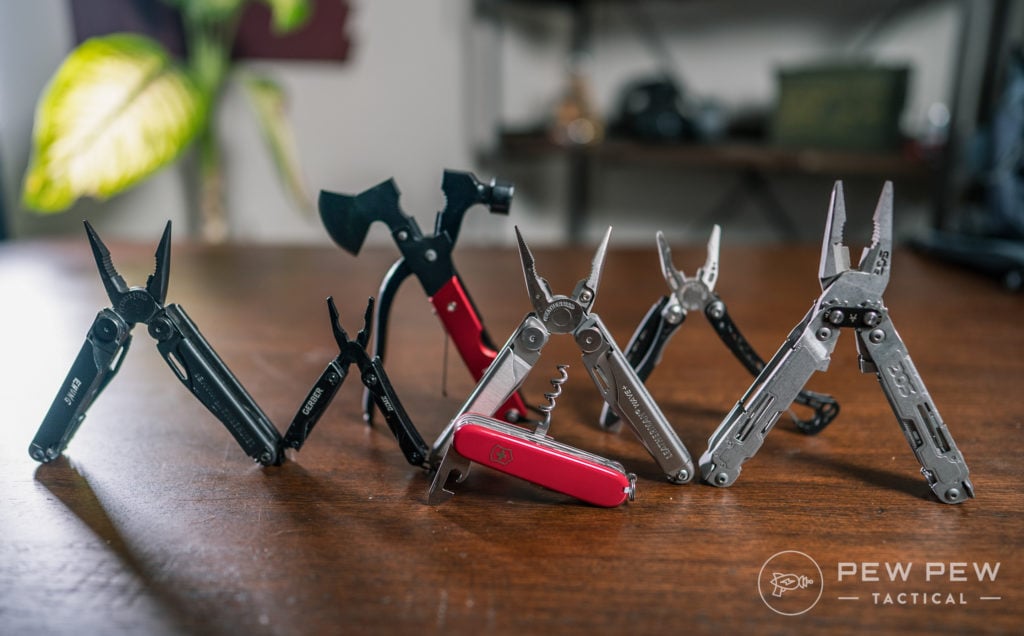
If you’re preparing for a flood and know you might be traveling by small boat, then a multitool is a must. If you’re going to be bugging out walking across the desert, is it really needed?
Best Hygiene for Bugging Out
Surviveware Biodegradable Wet Wipes
Prices accurate at time of writing
Prices accurate at time of writing
-
25% off all OAKLEY products - OAKLEY25
Copied! Visit Merchant
Wet wipes keep you clean, can be used to clean off gear, and help just make your life a little nicer while you’re battling the elements.
Get some, you won’t regret it.
Chewtab Toothpaste Tablets
Prices accurate at time of writing
Prices accurate at time of writing
-
25% off all OAKLEY products - OAKLEY25
Copied! Visit Merchant
Teeth are important. Keep them clean. These tablets are cinnamon flavored and do an amazing job at covering up or removing bad tastes that might be leftover from purified water or MREs.
Sierra Dawn Campsuds
Prices accurate at time of writing
Prices accurate at time of writing
-
25% off all OAKLEY products - OAKLEY25
Copied! Visit Merchant
Keeping things clean keeps you alive. Your dishes, yourself, your wounds, all of these need cleaning. Don’t be gross!
4MONSTER Microfiber Towel
Prices accurate at time of writing
Prices accurate at time of writing
-
25% off all OAKLEY products - OAKLEY25
Copied! Visit Merchant
Really any towel works, I just like these ones.
Coleman Toilet Paper
Prices accurate at time of writing
Prices accurate at time of writing
-
25% off all OAKLEY products - OAKLEY25
Copied! Visit Merchant
Normally I just take normal TP and remove the cardboard insert, but proper TP is nice, also. Plus, this stuff is easier on the environment.
Purell Hand Sanitizer
Prices accurate at time of writing
Prices accurate at time of writing
-
25% off all OAKLEY products - OAKLEY25
Copied! Visit Merchant
Again, stay clean, stay alive.
Travel Toothbrush
Prices accurate at time of writing
Prices accurate at time of writing
-
25% off all OAKLEY products - OAKLEY25
Copied! Visit Merchant
Can’t brush your teeth with just paste. Other options are taking a normal toothbrush and cutting it down, but I like this better.
Best Lighting Gear
Fenix PD25
Prices accurate at time of writing
Prices accurate at time of writing
-
25% off all OAKLEY products - OAKLEY25
Copied! Visit Merchant
For a flashlight, you want something that really pumps out the lumens, has a strobe setting for signaling but also has lower settings to conserve battery for when you don’t need to turn night into day.
Fenix PD25 is our pick, make sure to bring extra batteries!
5.11 Response XR1 Headlamp
Prices accurate at time of writing
Prices accurate at time of writing
-
25% off all OAKLEY products - OAKLEY25
Copied! Visit Merchant
One downside to flashlights is that you need a spare hand to work them. Headlamp solves that problem!
Choose what you think is best, but the same rules for flashlights apply to headlamps — get something with at least two power settings and bring extra batteries!
I really like the Response XR1 from 5.11; it’s durable, useful, and with a ton of modes to choose from, including flood, red light, and multiple power settings for the primary light.
It runs off of two CR123 or one 18650 battery; handy to have options in batteries.
Emergency Light Sticks
Prices accurate at time of writing
Prices accurate at time of writing
-
25% off all OAKLEY products - OAKLEY25
Copied! Visit Merchant
What is the difference between a light stick and a glow stick? Normally light sticks are brighter and last longer.
These aren’t for making your dance moves look awesome; these are for giving a light source when nothing else will.
Chem lights glow passively for hours, making them great for singling, marking an area, or leaving as bread crumbs.
UCO 9-Hour White Candles
Prices accurate at time of writing
Prices accurate at time of writing
-
25% off all OAKLEY products - OAKLEY25
Copied! Visit Merchant
Another one of the “is it worth the weight?” items. But it is something you should consider.
Candles are bright, last for hours, can be used to help light a campfire, provide some warmth if a campfire isn’t possible, and candlelight is comforting. Keeping morale up is important.
Don’t use just any candle, though; these are designed for the situation with a high melt point, low soot, and a larger wick than standard.
Best Communications Gear
Baofeng UV5RA Ham Two Way Radio
Prices accurate at time of writing
Prices accurate at time of writing
-
25% off all OAKLEY products - OAKLEY25
Copied! Visit Merchant
Ham radio is a complex topic, but of course, we have an article to break it down for you.
The short version is that you should learn how to use one and use it legally before you jump into it.
You never know when you’ll need to communicate with emergency services, other survivors, or other members of your group.
You can get a rundown on how to use one of these here!
Fox 40 Sonik Blast
Prices accurate at time of writing
Prices accurate at time of writing
-
25% off all OAKLEY products - OAKLEY25
Copied! Visit Merchant
A whistle is great for signaling, getting attention, scaring off wildlife, and annoying your neighbors while you work out.
These are super loud, cheap, and don’t have a pea, so they won’t rattle. Perfect!
BlueCosmo Inmarsat IsatPhone
Prices accurate at time of writing
Prices accurate at time of writing
-
25% off all OAKLEY products - OAKLEY25
Copied! Visit Merchant
Can you hear me now?
Yes, I can, when you call on a SatPhone. This is a pricey item and one that you really can go without, but if you want the best of the best — a SatPhone can’t be beaten.
Make sure you bring extra minutes.
TCL LX 4G LTE Prepaid Smartphone
Prices accurate at time of writing
Prices accurate at time of writing
-
25% off all OAKLEY products - OAKLEY25
Copied! Visit Merchant
A much more economical option, a prepaid smartphone gives you an option not based on your normal phone. Grab one on a different carrier, and you double the chances you’ll have phone access.
Plus, you know it has a battery when you need it. You’ll need minutes, though — get data and texting too.
Fun fact…texting takes less reception than phone calls do. Even on zero bars, when you can’t make a phone call, you can sometimes get a text out.
So get texting too!
Best First Aid Supplies
First Aid Kit
Prices accurate at time of writing
Prices accurate at time of writing
-
25% off all OAKLEY products - OAKLEY25
Copied! Visit Merchant
A small “boo-boo” kit is nice for the small stuff. Do you need a dedicated kit, though?
Not really, a ziplock and some alcohol wipes and BandAids are good enough, but a kit like this is easier to carry and more secure if you have the room.
Make sure to check out our list of Best First Aid Classes to get the training to pair with your gear.
Repel Insect Repellent
Prices accurate at time of writing
Prices accurate at time of writing
-
25% off all OAKLEY products - OAKLEY25
Copied! Visit Merchant
Bug spray isn’t just to keep the bugs away because you don’t want to swat at them — bugs spread disease, and if scratched, the bites can lead to open wounds that might become infected.
And infection is at a higher chance since you’ll likely be dirty.
Especially in a situation where standing water and disease might be running rampant, bug spray moves from being mundane to being life-saving.
Prescription and Non-Prescription Medications
Ibuprofen to keep the aches and pains away and antacids to settle the stomach is high on my list.
After that, just make sure you bring whatever it is you might need. Make sure to also replace them regularly — never take expired medication!
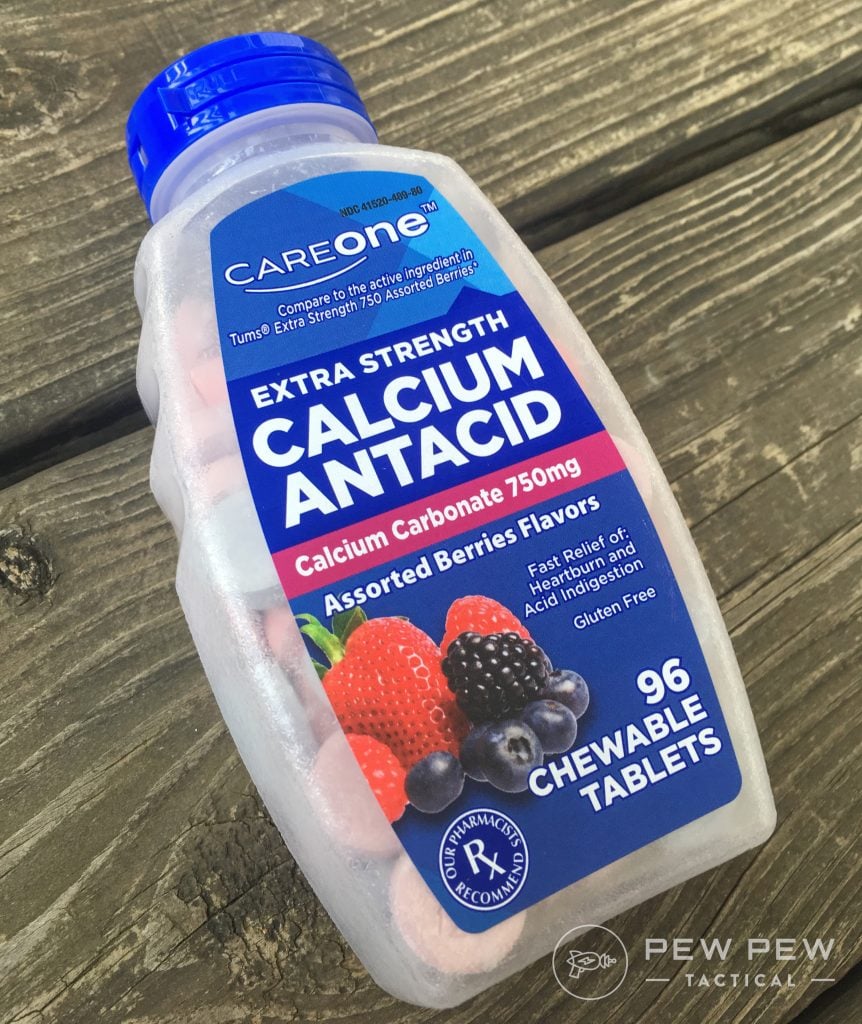
If you’re not sure how you can store your prescription medication in a survival bag, consult your doctor.
Travel
Personal ID and Pictures
You need your ID. Hopefully, you’ll have your wallet and your normal ID with you already — but an expired ID is decent for keeping in a survival bag so that you at least have something with your face and your name on it.
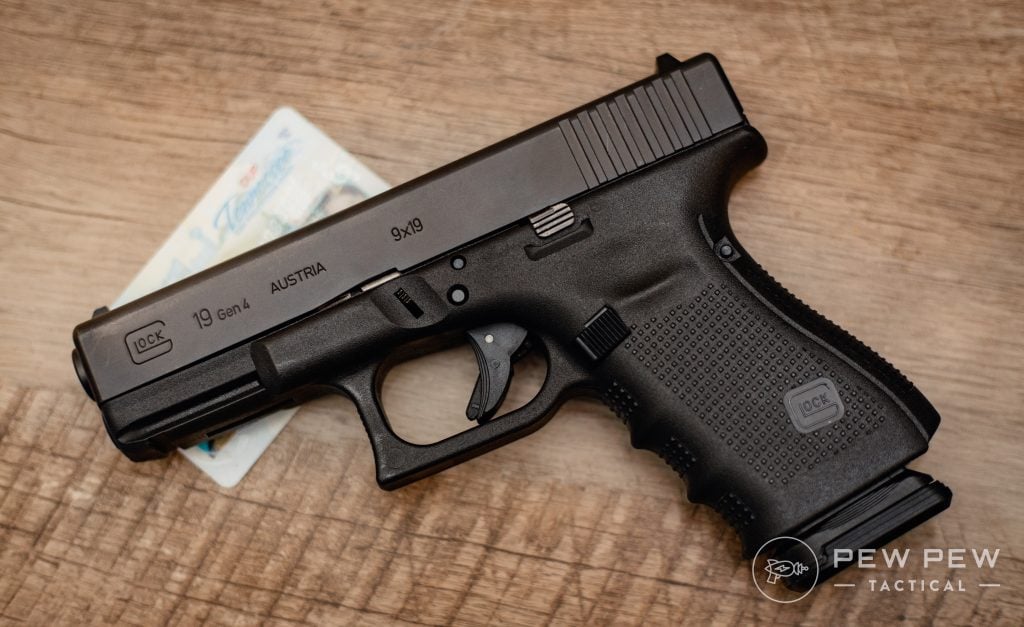
Pictures of friends and family aren’t just so you can look at and remember better times.
If you’re separated from loved ones or looking for someone that is injured, a picture to show other people is a lot more effective than a description.
Cash
Maybe you need to buy snacks from a vending machine, maybe you need to bribe a guard, or maybe you just want to play some poker after a long day of survival — cash is king.

We recommend $200 at least if you can spare it. Don’t bring two $100, though. A mix of $1, $5, $10, and $20 bills is a lot more useful.
In my opinion, this is a little on the tin foil hat side, but you might want to consider some gold or silver.
Prices accurate at time of writing
Prices accurate at time of writing
-
25% off all OAKLEY products - OAKLEY25
Copied! Visit Merchant
Apace Vision Reflective Vest
Prices accurate at time of writing
Prices accurate at time of writing
-
25% off all OAKLEY products - OAKLEY25
Copied! Visit Merchant
If your bag is for when the Russians invade, maybe skip the reflective vest.
But think back to any hurricane, wildfire, or tornado you’ve watched on the news — visibility is often nil, and if emergency services are looking for you, then a reflective vest is critical.
The nice thing about a vest like this is that it is hyper-lightweight and easy to take on and off when you do and don’t want to be seen.
SUUNTO A-30 Compass
Prices accurate at time of writing
Prices accurate at time of writing
-
25% off all OAKLEY products - OAKLEY25
Copied! Visit Merchant
Don’t cheap out on your compass. I know a $5 compass is tempting, but a good compass is worth it. Well made, easy to rotate, magnifier, and glows in the dark.
Take some time and learn how to use a compass, though; it’s more complex than “the red arrow points north.”
Suunto M-3 G Compass
Prices accurate at time of writing
Prices accurate at time of writing
-
25% off all OAKLEY products - OAKLEY25
Copied! Visit Merchant
If you really want to not take the cheap route, upgrade to the M-3.
The differences are a bit subtle and really won’t make a major impact for most people, but if you know what to do with a compass — this has some nice pluses.
Twenty-degree tilt margin, metric and imperial UTM scale, stronger, more options.
Maps
Prices accurate at time of writing
Prices accurate at time of writing
-
25% off all OAKLEY products - OAKLEY25
Copied! Visit Merchant
You have some options here. Topographical maps from the USGS (United States Geological Survey) can be found for most areas; these are great if you can get them since they show a huge amount of information such as terrain, water, hazards, etc.
But they aren’t available everywhere.
A very general but very handy option is the National Geographic Road Atlas.
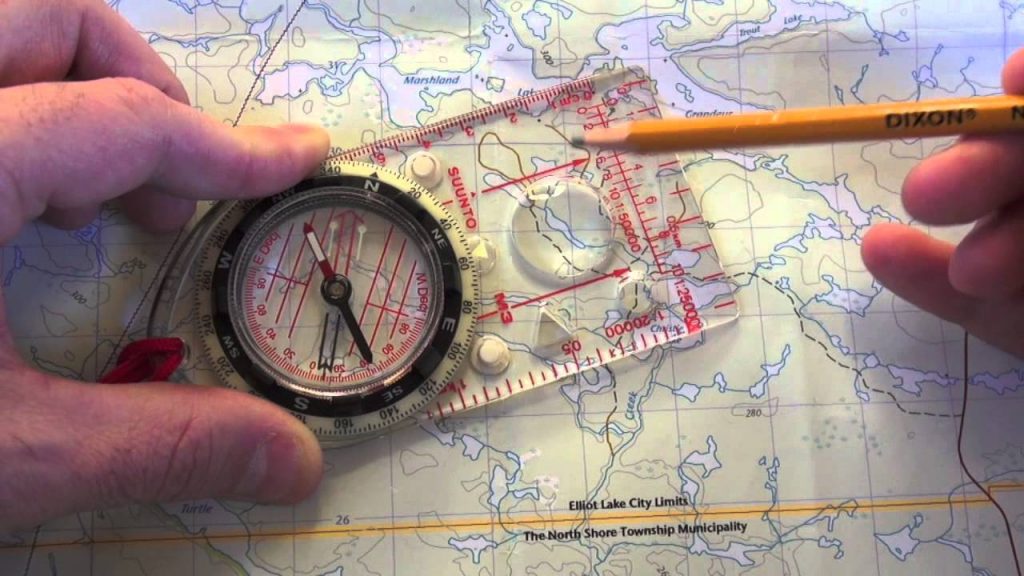
If you don’t want to take that much weight, consider pulling out the relevant pages for your area and putting them in protective plastic or laminating them.
I strongly recommend this, especially if you’re in an urban area. You can’t rely on your normal ways of getting from point A to point B, and you should assume GPS will be down.
A good map will assist you in navigating around traffic, hazards, downed freeway overpasses, etc.
You…you do know how to read a map…right?
Self Defense
We could write whole articles just on this section, but I’ll keep this as short as possible.
There are a lot of good arguments to make for a huge range of firearms and less lethal self-defense options; almost all of them are reasonable, depending on what approach you use.
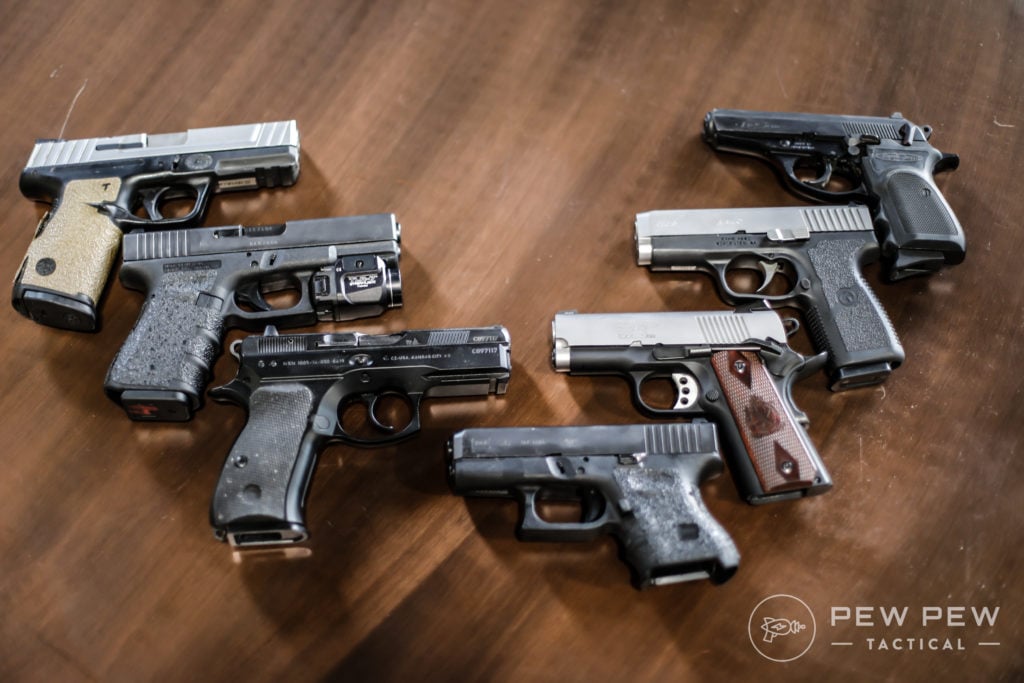
What works for you and your situation is something you’ll have to decide. For me, I choose to carry lethal and less-than-lethal tools and to keep all of my choices 100% legal.
Before you make your choice, you need to consider what you are going to be defending yourself against.
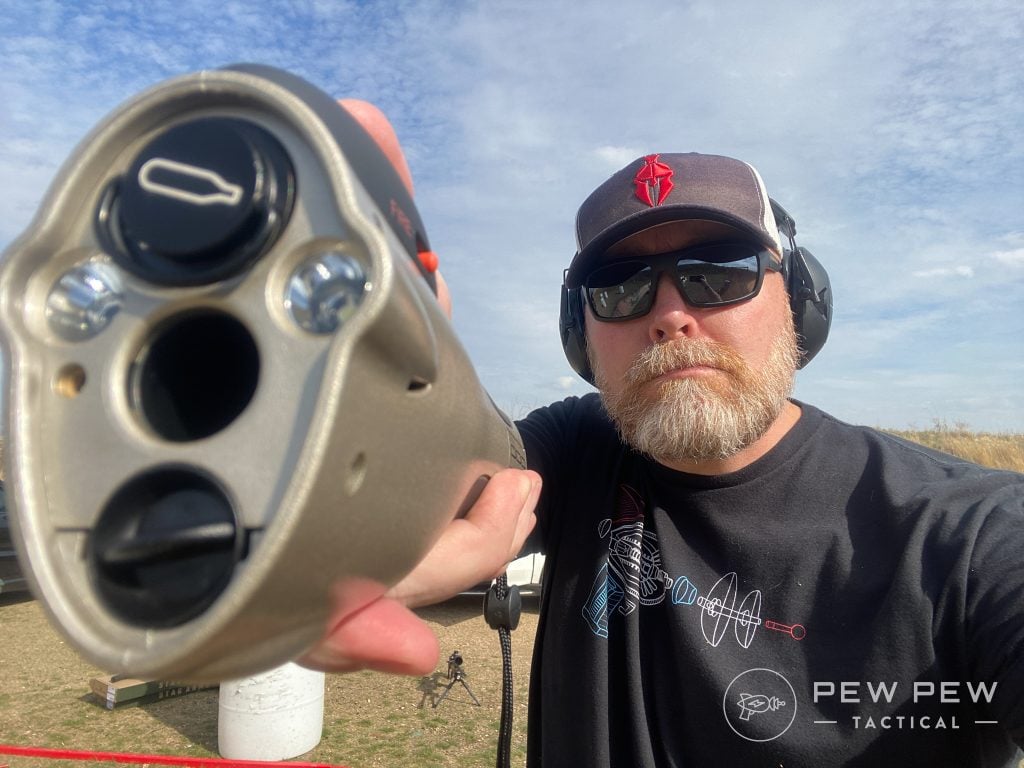
Red Dawn scenario? Being stuck in a crappy high school gym for five days with all of the other evacuees? Four-legged threats while you hike out to your secret bunker? Living off of small game for the next…forever? General civil unrest?
All of these would or could alter what might be the best defense option for you. But here are some recommendations for you to consider.
SABRE S-1005 Dual Stun Gun
Prices accurate at time of writing
Prices accurate at time of writing
-
25% off all OAKLEY products - OAKLEY25
Copied! Visit Merchant
Perfect if you want a simple and last-ditch tool to defend yourself with. Ergonomic, doubles as a flashlight, and it’s simple to use.
Downside? You need to charge it. So if you’re thinking you’re going to be without a power source for weeks… maybe choose a defense tool of the chemical combustion variety.
Take a look at a full review along with other options in the Best Stun Guns!
SABRE 3-in-1 Pepper Spray
Prices accurate at time of writing
Prices accurate at time of writing
-
25% off all OAKLEY products - OAKLEY25
Copied! Visit Merchant
This is one I choose for almost all of my bags. No matter what situation my bag is designed for, some pepper spray isn’t a bad idea.
It’s small, lightweight, easy to use, cheap, and legal everywhere I’ve ever been. Oh, and it has a safety, so it doesn’t discharge in your bag. Trust me, that’s important.
Sig Sauer P365
Prices accurate at time of writing
Prices accurate at time of writing
-
25% off all OAKLEY products - OAKLEY25
Copied! Visit Merchant
We live in a post-P365 world. There are a lot of options now in this sub-compact high-capacity role, but I still think the P365 is the best option.
Choose the XL, SAS, or normal, and you won’t be disappointed. They are small, handy, and can be used as your EDC to help with training.
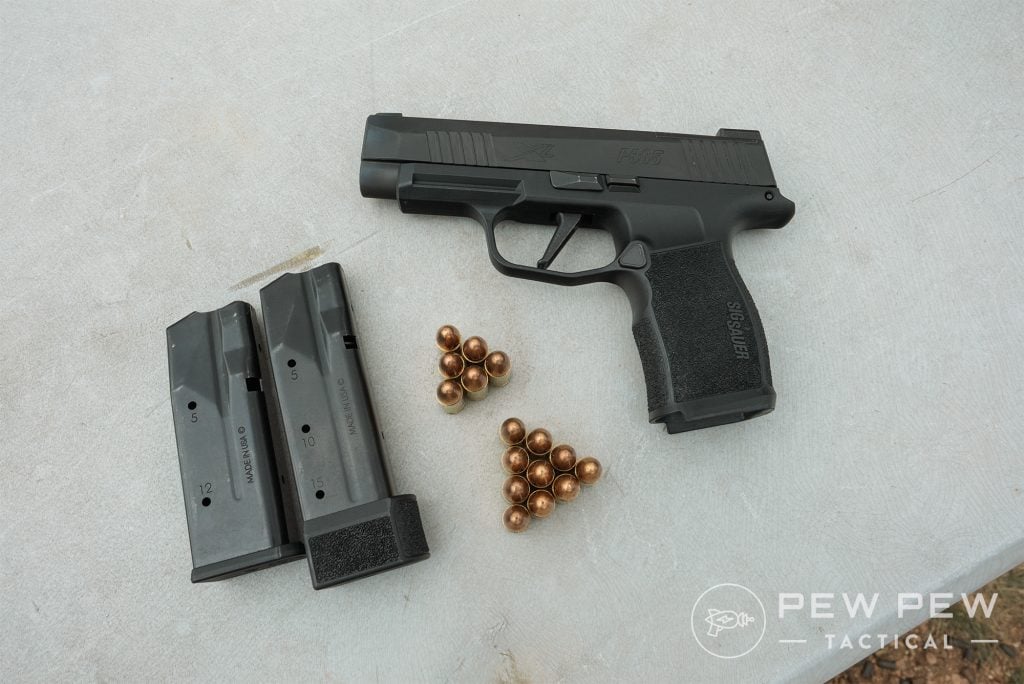
Personally, I would choose the P365XL with a standard magazine plus two or three 15-round mags.
AR-15
This is the only rifle option, but there are dozens of manufacturers and hundreds of configurations to choose from.
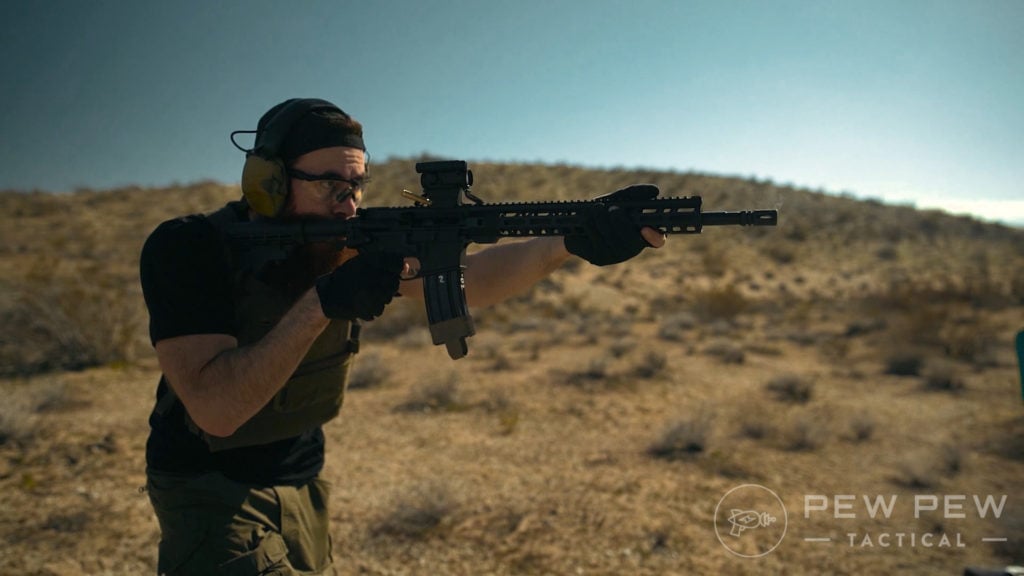
First, why the AR-15? Simple, it is by far the most versatile and “uniform” option you will find in the United States. At any end-of-the-world situation, the AR-15 can be used for it.
A good AR-15 will last you tens of thousands of rounds, be reliable in dust, rain, cold, hot, sand, and mud, and be more durable than any of its users will be.
No matter what AR-15 you get it should be in 5.56 NATO, have a white light, a sling, an optic, backup iron sights, and extra magazines.
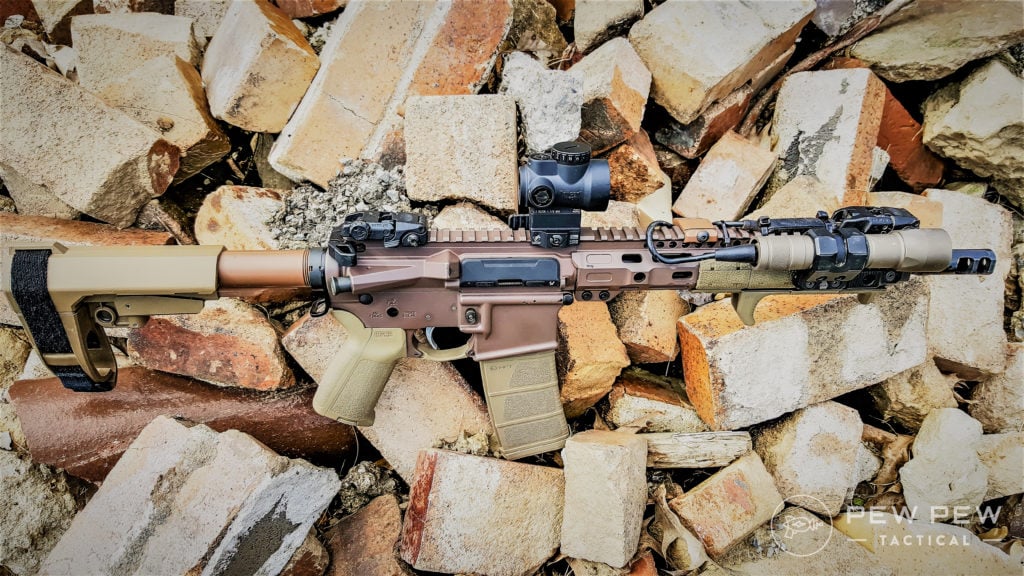
If you have a secondary location to store supplies, consider some extra complete uppers and ammo for them.
A suppressed .300 BLK upper is great for being quiet. A .22 LR dedicated upper means an endless supply of small game. A 6.5 Grendel upper will take deer at further range than .300 BLK or 5.56 NATO.
Please, don’t forget to train with your rifle. Having it means nothing if you can’t hit with it.
- Budget AR-15: Palmetto State Armory
- Duty Ready From The Box AR-15: BCM Recce-16
- Build Your Own AR-15: Building a Duty/Patrol AR-15
What Disaster Do I Prepare for?
This largely depends on where you live.
Not sure what you should prep for? The National Oceanic and Atmospheric Administration offers an interactive tool that allows you to look at what potential disasters might happen in your area.
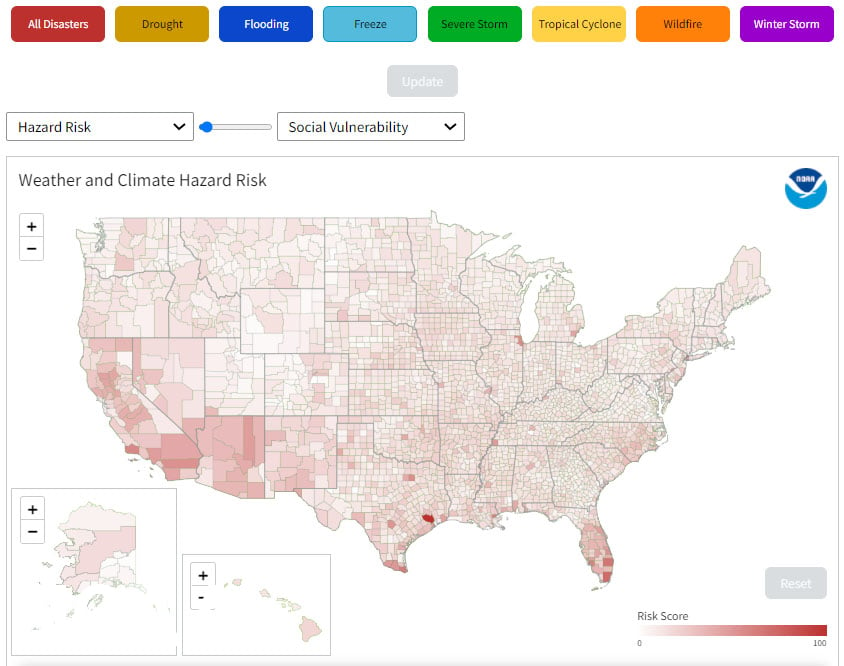
That map should at least give you an idea, I would highly recommend that you poke around the internet for your location and see what else might be in store for you.
What you prep for changes how you prep!
Flood
Flooding rarely comes as a complete surprise. If you are in an area where flooding is a concern, the best thing you can do is be ready to leave when the evacuation notice comes.
Since this normally comes before the flood, your bug out bag can be more orderly. Think of it as being packed for a wet vacation.
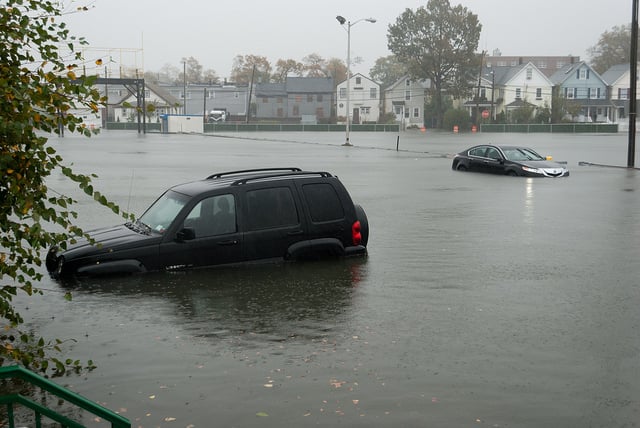
There are still some extras that you should consider including in your bags. Communications, ID, money, medications, and more.
Something most other disasters won’t leave you time for is priceless items, family pictures, baby’s first teeth, rare heirloom firearms, and more. Knowing exactly what is important enough for you to take with you will save a lot of time when it comes time to leave.
Need more tips? Check out our guide to Surviving a Flood.
Earthquake
While infrastructure design has improved over the last several decades, much of our nation’s infrastructure is in poor repair.
Freeway interchanges, bridges, and overpasses are highly susceptible to an earthquake.
Plan your bug out route or your route home with this in mind. Even if the freeway you normally take home is still intact, it might be massively overcrowded due to other failures and closed roads.
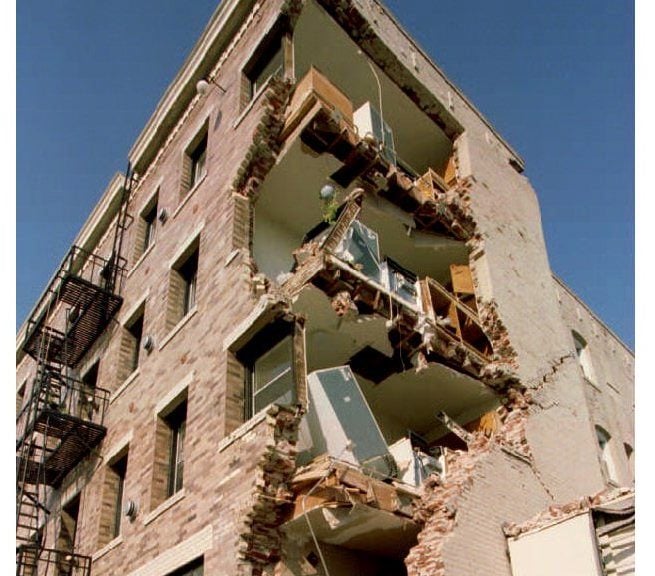
This might also force you on foot rather than driving. While this can free you from being reliant on roads, it does mean a radical change to your path.
Dust and other particulates might be in the air due to buildings coming down; a respirator can come in handy!
Prices accurate at time of writing
Prices accurate at time of writing
-
25% off all OAKLEY products - OAKLEY25
Copied! Visit Merchant
Need more tips? We got you covered. Head over to our Guide on Earthquakes for more info!
Wildfire
Two major concerns when it comes to wildfires — speed and breathing.
Fire can move unpredictably, and it can move very quickly; the physics behind it is actually really cool, but the point is that 15 mph or more is not impossible for fire.
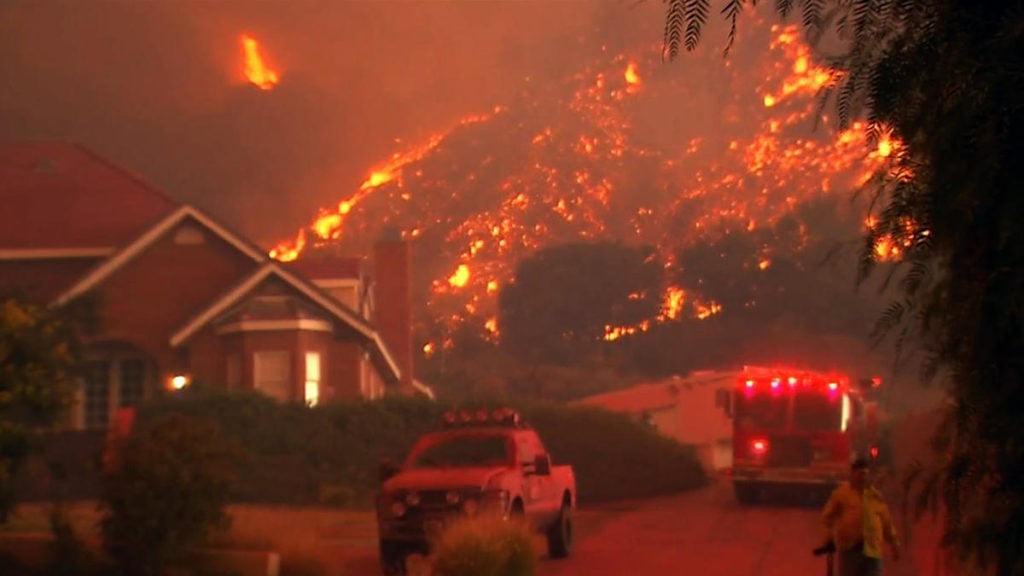
Speed in leaving the area is critical, so a well-stocked bag is a must. Don’t waste time trying to find one more item; just have it in the bag!
With fire comes wind, and again cool physics comes into play, but the result is that wildfires can create winds in excess of 125 mph.
This throws a lot of ash, dust, and bad stuff into the air and can spread for miles outside of the fire itself.
A great respirator and mask are a prime recommendation. Check out some of our recommendations here!
Prices accurate at time of writing
Prices accurate at time of writing
-
25% off all OAKLEY products - OAKLEY25
Copied! Visit Merchant
And yep, we have more on wildfires here!
Hurricane
Hurricanes rarely pop up and surprise you; there are normally at least a few days for a hurricane to develop and then travel to make landfall in the USA.
The best defense against a really bad hurricane is to not be there when it hits. But for more mild ones, it’s not unreasonable to just ride them out — as long as you’re prepared and do so safely.

Listen to the weather service and follow their recommendations; when they say it’s time to leave, then it’s time to leave. When they say that it’s too late to leave…well, I hope you’re already in a safe area.
Keep a go-bag ready, but also keep a stock of supplies on hand for when you’re bugging in.
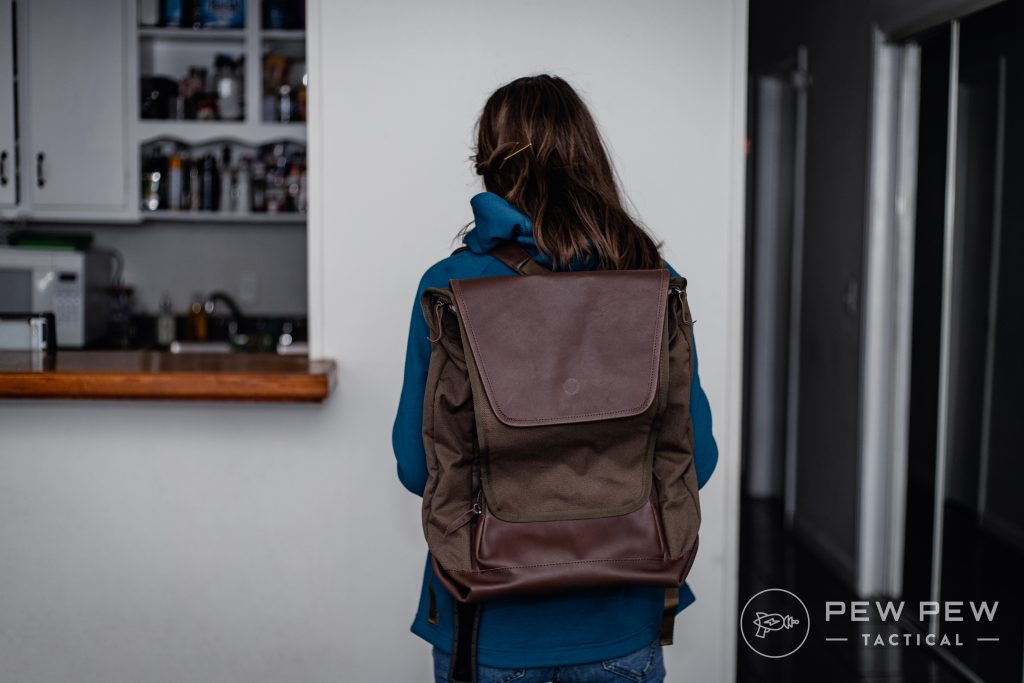
Make sure you know how and where to go when the time comes to leave. Know the route, know alternate routes, have maps that cover those routes, and more.
Keep your vehicle in ready condition. If you’re going to use your day-to-day ride, keeping it in good condition is easier — but if you have a dedicated bug-out vehicle, make sure you strictly adhere to a maintenance schedule.
We have some recommendations on essential garage and car tools here!
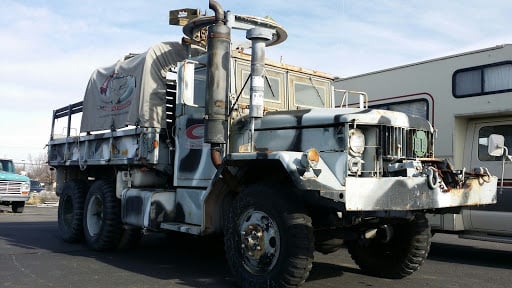
Please don’t forget to check your ego at the door. Just because you were born and raised on the coast of Florida doesn’t actually make you immune to a CAT 5 hurricane.
Oh, and make sure you have copies of your insurance paperwork in a safe location outside of the normal areas hit by hurricanes. Physical or digital copies will come in handy once it is time to go home and rebuild.
Tornado
Unlike hurricanes, tornados can come out of nowhere and hit hard when they do.
The only reasonable method of prepping for a tornado is to have a bug-in plan. They come too often and with too little warning to effectively plan and enact a bug-out.
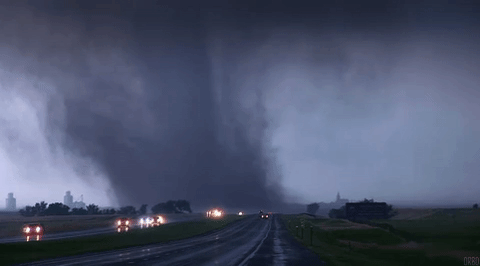
Have your space ready for use at a moment’s notice. Have supplies stored in place and secured safely.
Read up on the warning signs of a tornado, sign up for your local weather alerts, and have a plan for if you are not at home (or wherever your safe location is) and a tornado hits.
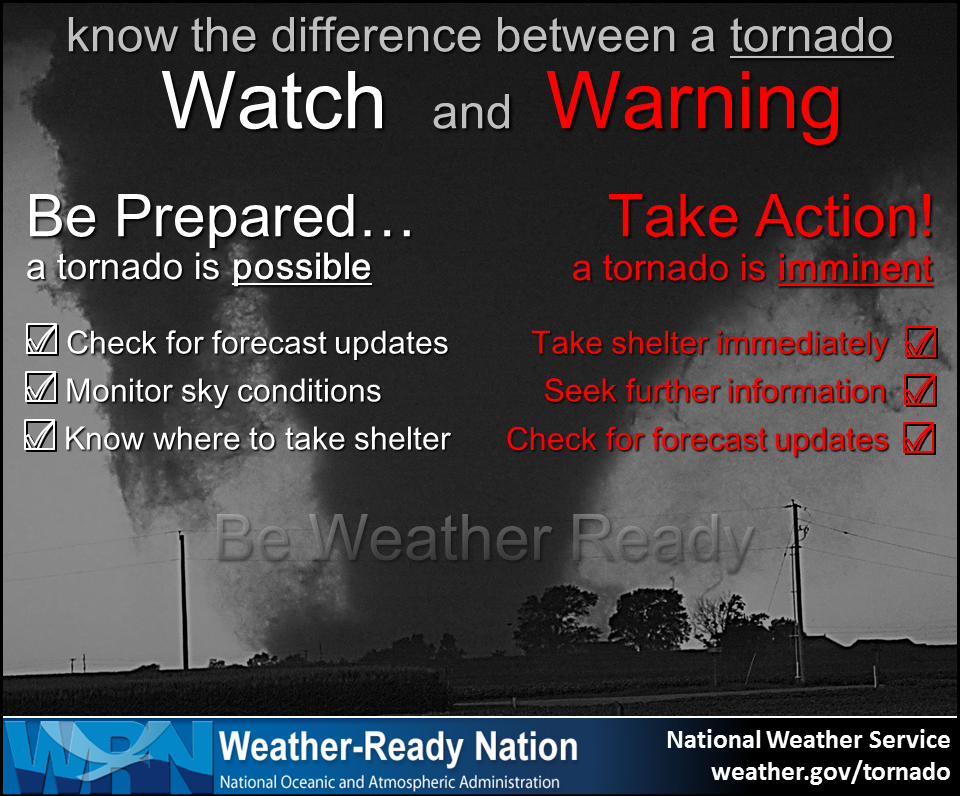
Make a plan with your family for communication if you’re in different locations. Where will you meet up after? How will you get in touch? Plan ahead.
Also, see our resource, How to Survive a Tornado.
Why You Should Trust Us
We know there are plenty of opinions out there when it comes to reviews, so why trust Pew Pew Tactical?
We spent thousands of hours researching and analyzing prepping and survival gear to determine which is the best when it comes to durability, ease of use, and value.
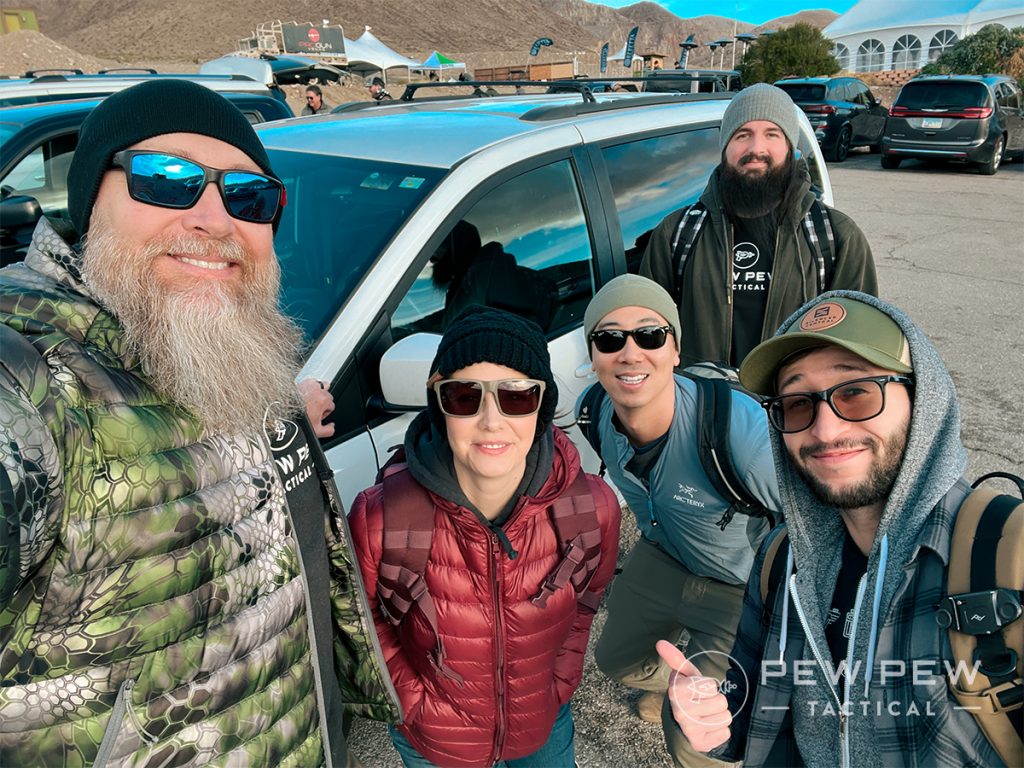
Input into this article came from our editorial team…a bunch of survival nerds and first aid specialists who spend plenty of time testing, evaluating, and contemplating the best gear to prevent their own demise.
Every product we recommend in this article is something we use or would use in our bug out bags.
Final Thoughts
If you only learn one thing from this article, I hope it is this: gear cannot replace skills.
Gear helps, but a $5,000 rifle means nothing if you miss. The best bag loaded with all of the best gear won’t keep you warm if you can’t make a fire.
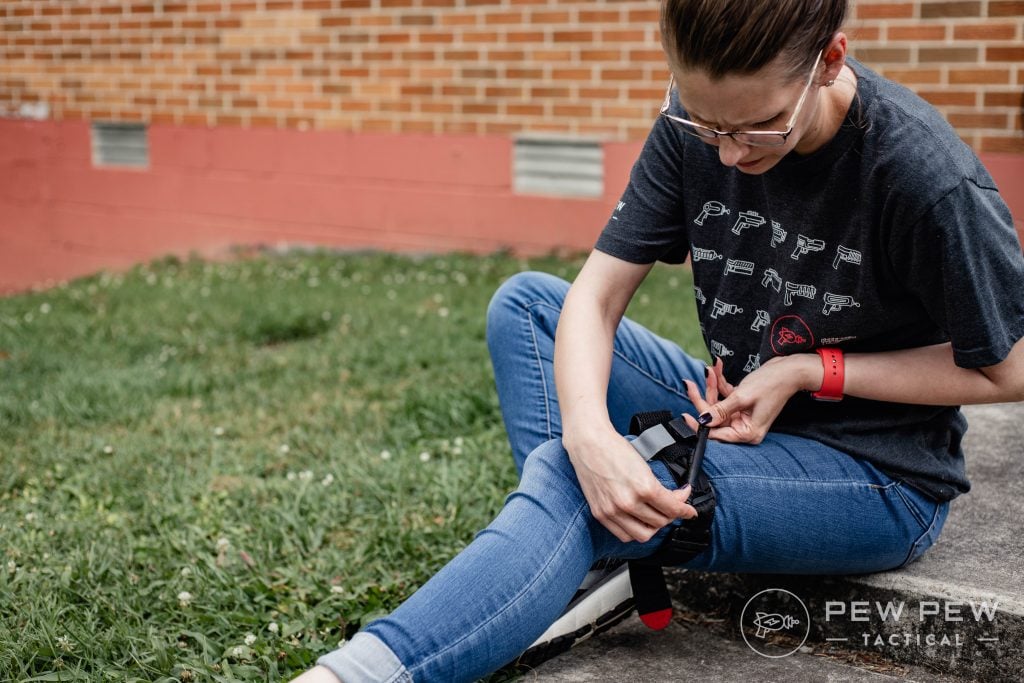
Train, learn, survive.
What would you add to a Bug Out Bag that isn’t on this list? Let us know in the comments! If you want a TON of info on Bugging In, take a look at the Prepping 101 Guide!
Latest Updates
September 2024: Removed Merrel Shoes, 5.11 Taclite hat, and added ShellShock Protection Ballistic Glasses.

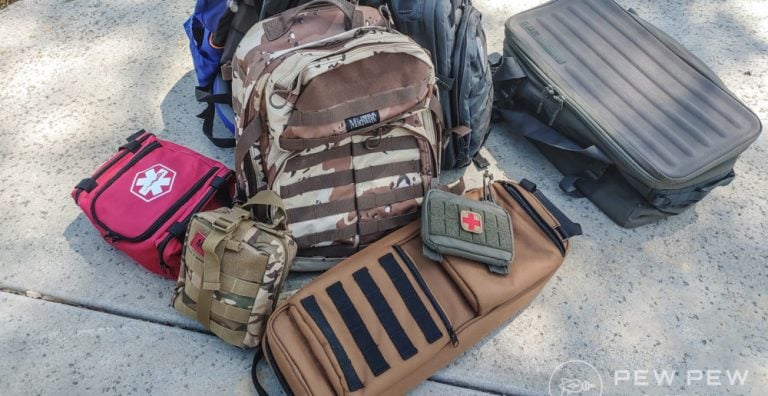
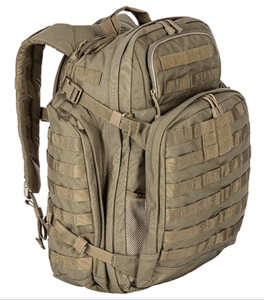
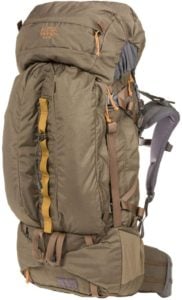
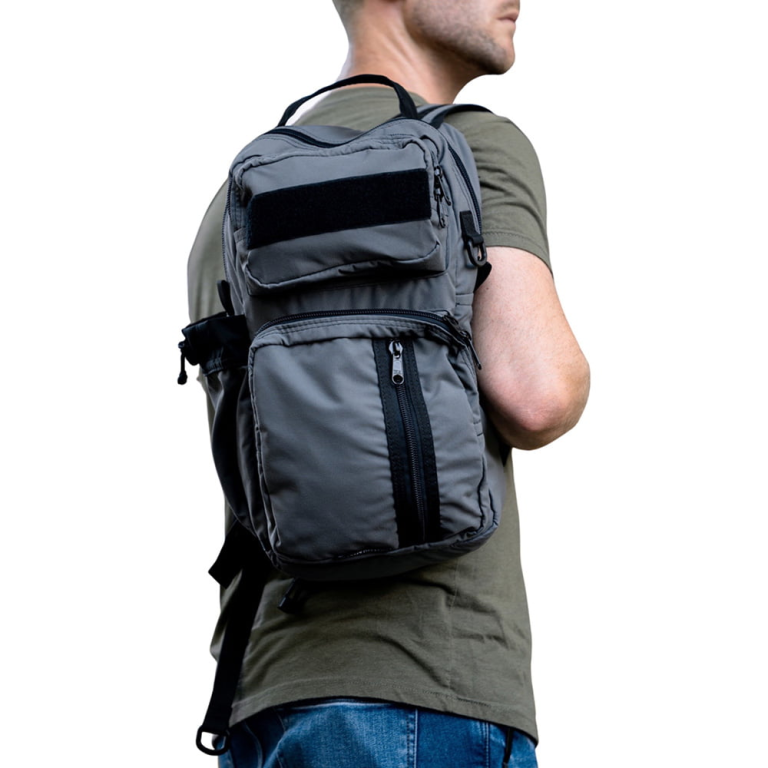
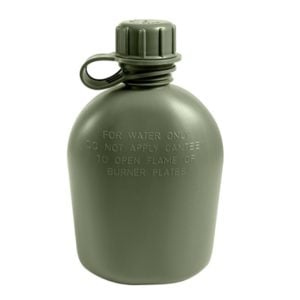
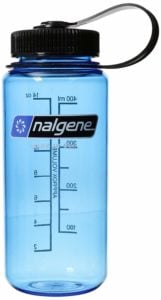
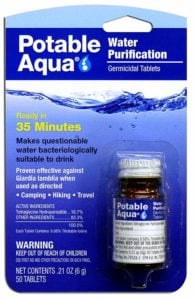
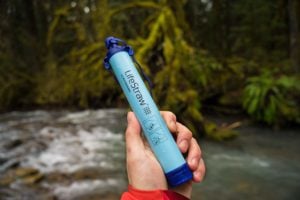
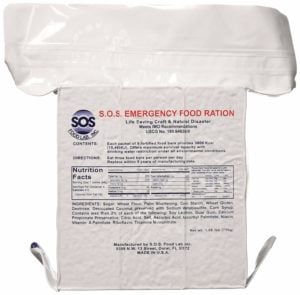
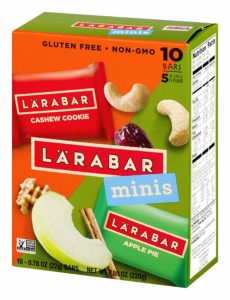
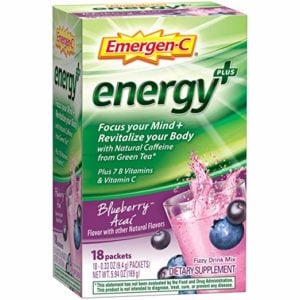
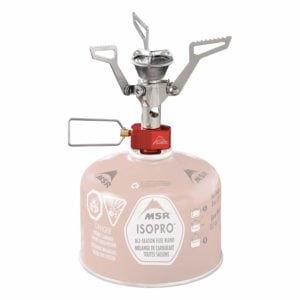
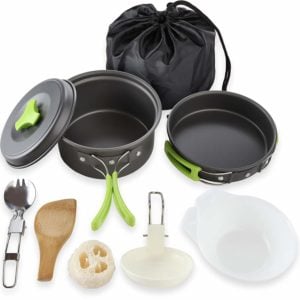
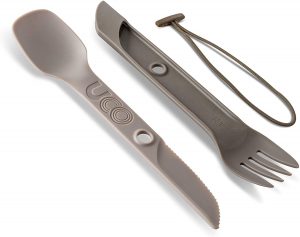
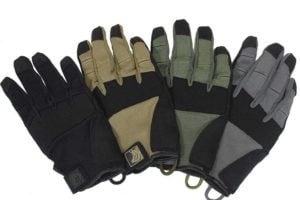
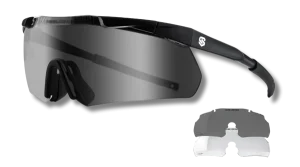
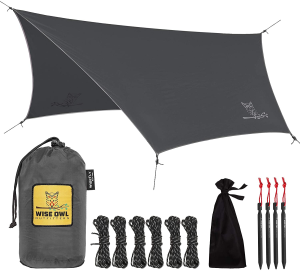

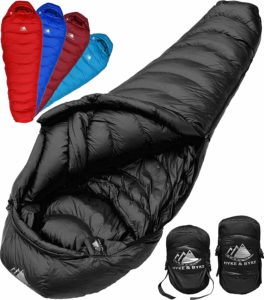

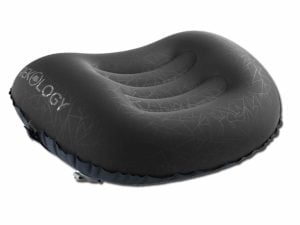
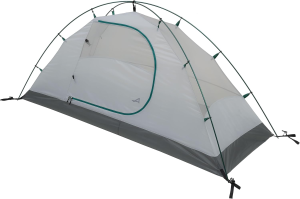
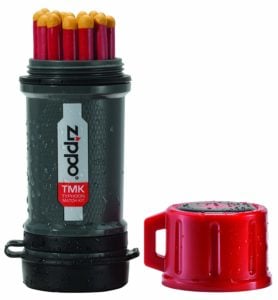
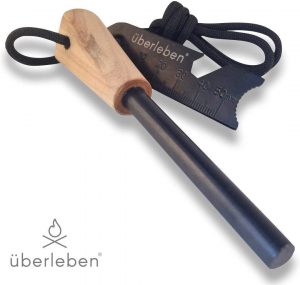
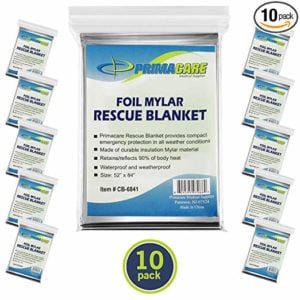
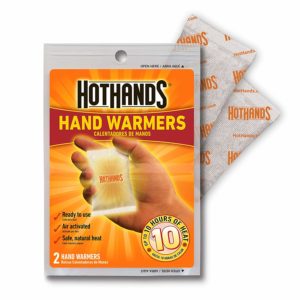
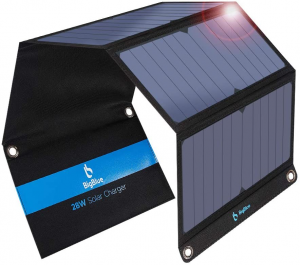
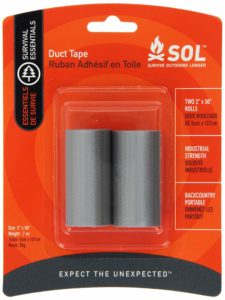
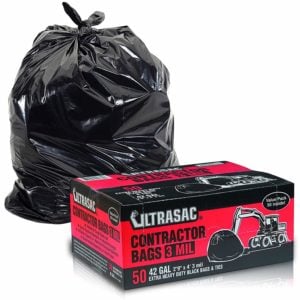
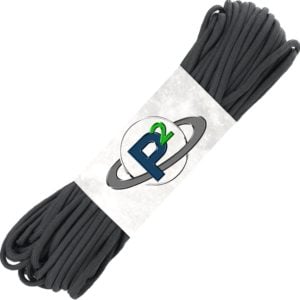
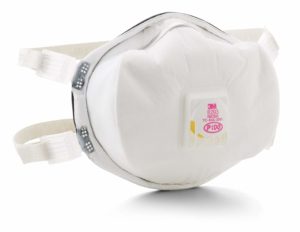
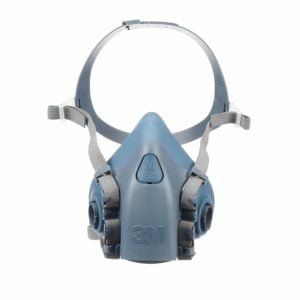
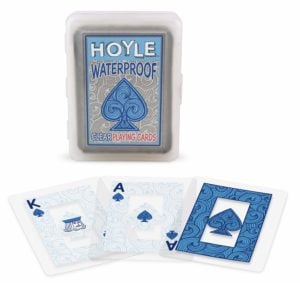
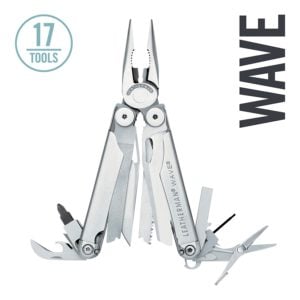
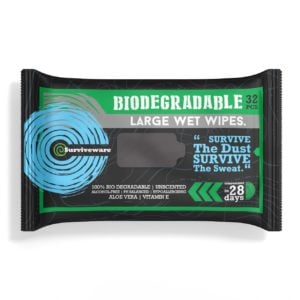
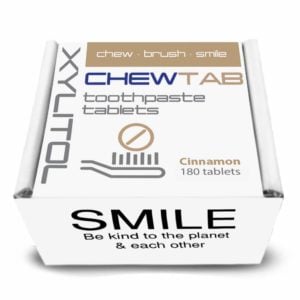
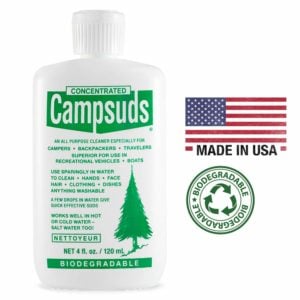
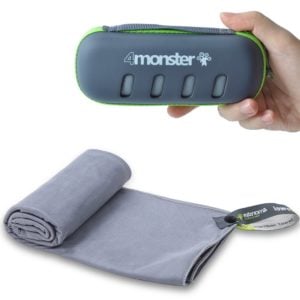
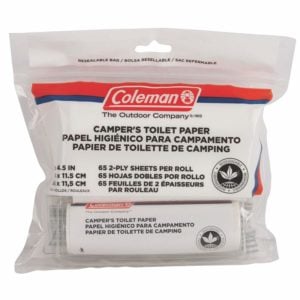
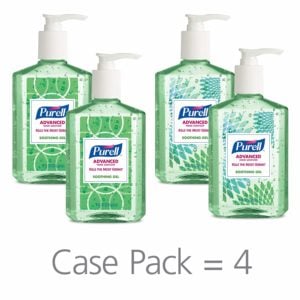

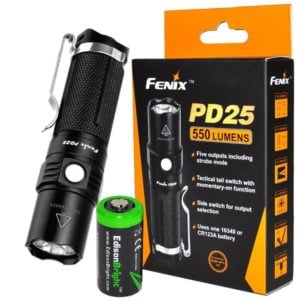
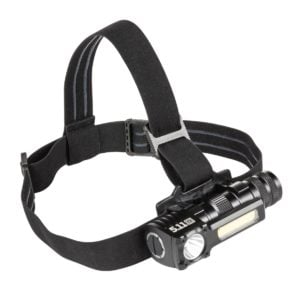
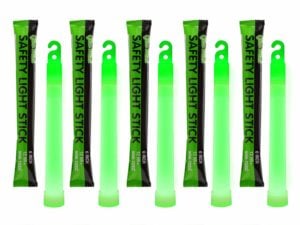
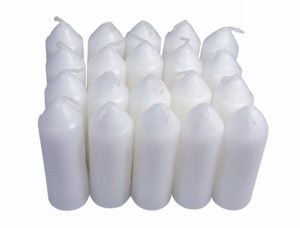
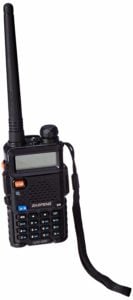
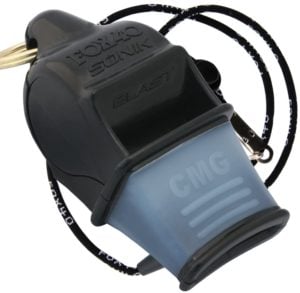



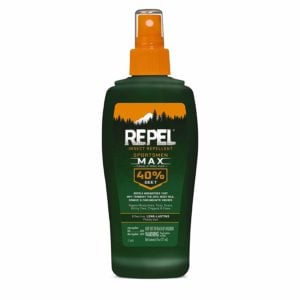

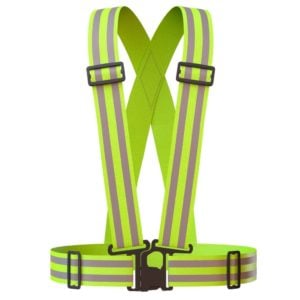
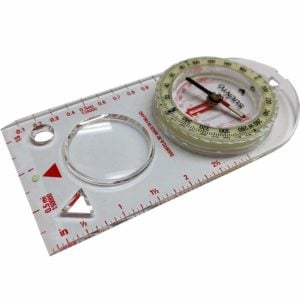
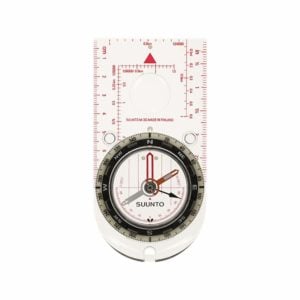
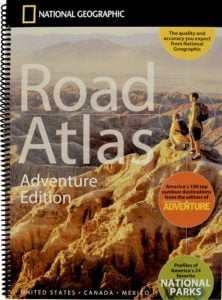
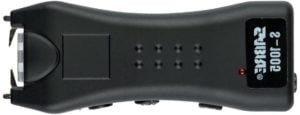
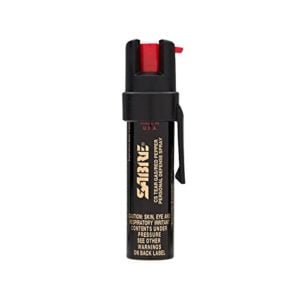


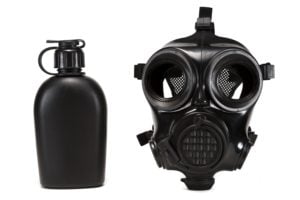







55 Leave a Reply
I’ve tried the rush72 as a bob. It doesn’t have enough volume nor is it supportive enough. I’ve moved to mystery ranch hunting packs. They hold weight very well.
Don’t forget to weigh your pack full and start rucking with that weight!
Be careful with bug spray in the summer…mine just overheated and burst inside my bag and it work over 3 weeks for the smell to dissipate!
It's important to have flint and steel to start fires, but it's more important to also have a fast way to start fires, like a lighter and/or matches. I always keep lighters in my BOBs along with flint and steel. If I need to start a fire, I use a lighter. If that doesn't work, I can use flint and steel. Why waste time and energy starting a fire when you can just use a lighter?
It's important to have flint and steel to start fires, but it's more important to also have a fast way to start fires, like a lighter and/or matches. I always keep lighters in my BOBs along with flint and steel. If I need to start a fire, I use a lighter. If that doesn't work, I can use flint and steel. Why waste time and energy starting a fire when you can just use a lighter?
don't forget your meds. and if you use a backpack, be sure to get one that fits you properly and has a waste strap and chest strap. bring extra socks. when carrying cash use small denomination bills, you don't want to flash 100's around.
Really useful article. I would like to mention the following- If weight and space are important I would suggest that one of the small foldable wood burning stoves are a good option to canned butane or liquid fuels. They burn sticks and twigs etc. so you won’t have to carry or run out of fuel, they fold flatter then a quarter inch, weigh only 3 to 8 oz depending on what size, and made of stainless or titanium. I like the Emberlit brand because it’s made in the USA. But there are many versions available on Amazon, but are Chinese. Cons- Takes longer to fire up than a gas stove and can give off a little smoke.
Although the Mylar space blankets are very useful and often touted as a lifesaver (which they can be) remember they provide absolutely no insulation. Great to carry but you’ll freeze solid without suitable insulation under them. I like to carry two.
A small handheld monocular scope can be very handy and is also lightweight.
Just my 3 cents. :)
Cody Lundin, operating a survival school as well as being on tv and you tube, has several books. 98.6, The Art of Keeping Your Ass Alive and When all Hell Breaks Loose are in my bags. 98.6 in the day bag and Hell in long term. Lots of good ideas and practical suggestions. They also are absorbent wipes and burn well. On Amazon.
I read his book and took a class while in Prescott. He is the real deal, as are several other instructors.
The LAPG bags are just as good as any mentioned here and cheaper. Same applies to first aid gear.
I have a truck Bag for everyday situations, it can be used as a Go bag. Multiple Trama bags that can attach to any bag. My 72 hour bag is actually a 5.11 Rush 24 bag, with Blue Force Trama now kit attached and a 5.11 Fanny Pack with boo boo kit, Money, 3 spare mags, Gerber multi tool. I also have two battle belts ready to go, with one always in my truck. I'm prepared at my rural home and 99 % sure I'm not bugging out.
I would use a single wall stainless steel water bottle as it can be used for boiling or cooking. Much more durable.
In my experience as a backcountry hiker, when it comes to water, the Sawyer Mini makes far more sense than a LifeStraw. A LifeStraw requires consistent suction, whereas the Sawyer Mini comes with additional usability, cleaning, and storage features, for a similar price. They are available at Amazon, REI, or wherever outdoor products are sold.
As I read this, I am reminded of an old Twilight Zone. The story plot was a guy builds a fallout shelter and his neighbors all call him a fool. There is an air raid warning and the same neighbors are pounding on the door to his fallout shelter trying to get in. May we never
need it. Perhaps wise is to do it quietly. A friend has said stock up on ammo. It will become the new coin of the realm.
I would add that you should have a trauma kit separate from your first aid , general boo boo kit
I would advise to not use plastic canteens and drinking bottles - you really should go stainless, or better yet, titanium Nalgene bottles so you want heat them up.
and regarding masks, especially for urban-centric concerns like smoke or dust from manmade debris, make sure it is N95 or 100. I also recommend adding fire and smoke evacuation masks for a more affordable full face protection option for escaping house or area fires
Great article with lots of good links. I agree with the AR-15 in 5.56 but I also carry a Ruger takedown 10/22 with suppressor. It's small, comes in it's own case and ammo is way cheaper and facilitates carrying a LOT more of it. Easier to carry a 500 round brick than an ammo can of 5.56. The .22 is useful and adequate for small game, 4 legged predators and 2 legged ones, within limitations of course. Plenty of spare parts, aftermarket accessories and magazines available. There's a good chance of rummaging through any old car or truck in a junk yard and finding ammo on the floorboard, under the seat, ashtray or in the glove compartment. I also like carrying a mylar space blanket. Can be used as a tarp, shelter, blanket, signal mirror, ground cloth or solar still water maker. Small fishing kit is a must in my area and takes up no room and weighs nothing.
I think it's best to have a second home somewhere to go to. Especially if you have a family. What will you do if you have small kids? Store food and gear in both of your houses, build a community, have you weaponry.
A stock Glock 20 runs fine with .40 S&W if you can't scrounge 10mm ammo and .40 S&W ammo is sold practically everywhere. Just remember to scrub the chamber clean after shooting .40's in it before going back to 10mm.
Good article, well written, but like most oy these articles,, there's a caveat that is seldom explored. I happen to believe very strongly that your B.O.B./GHB is very much regionally personalized and seasonal. What I keep in mine varies with the season, and is appropriate for the region I'll most likely be in. I don't need to lug a -20° F sleeping bag from May through September. A Mylarized Bivy Bag is sufficient for that period of time in my region.
Lifestraws are Junk. Spend a few more dollars and buy a Sawyer Mini. It's a third the size, much more adaptable to filter through various means and has a 10,000 gallon life v Lifestraw's 1,000 gallon use life.
An Esbit type Folding Stove and its Fuel Tabs take up way less space, weigh less, and are a lot less expensive than propane/butane min stoves.
MRE's are bulky, expensive and constipated you if you eat them regularly. Freeze dried backpacking meals don't cost any less, but they're lighter and easier to pack, and they don't taste like someone seasoned everything from the entree to the drink mix with liberal amounts of one a day vitamins. Stanley makes a Backpacking pot that consists of a quart sized pot and two cups and it's slightly bigger than a can of soda pop. Instant Oatmeal packets, Cup o Soups and a few Freeze Drieds will see you through 72 hours. SOS Bars are a good on the go supplement that requires no prep. A tarp or tube type tent affords you some shelter from the elements, though you'll need cordage to set up a shelter. Paranoid fills that role nicely.
Learn how to use a compass and map. GPS will be worthless if we're having too much solar activity or suffering from. An EMP attack. I prefer a Lensatic to the one listed here, but it's best to buy one that can be set for the declination in your area.
Headlamps are good as they free your hands, but having a flashlight is a must in case one or the other fails. A spare set of batteries for both is a must have too.
Though heavier, a metal canteen allows you to heat your water directly, whereas plastic doesn't.
I believe in carrying three ways to start a fire, and carry WP matches, ferro rod and a lighter.
First Aid kits a must have. Some OTC meds painkillers, anti diarrheals, antihistamines and so on. Any prescribed medicines should be in your bag too, at least 3 or 4 days worth.
A Radio is a given. I prefer the UV82HP by Baufeng to their UV5R, as it has greater range and more power. I have a HAM License, but in truth, who's going to care about " Licanses in a SHTF situation.
In closing, I look at these "Ultimate Lists" and pick and choose what's appropriate and what's not, and that's my advice to others as well.
Hey Chuck, thanks for reading! You are totally right, this article is not a one-size-fits-all, but we want readers to do exactly like you did -- read, pick what's applicable, and run with it! We see it as a jumping off point for those that need help getting started. You made some excellent observations and we really appreciate the feedback. Thanks!
As for bags, I consider the premiere apex manufacturer to be Maxpedition. I have been carrying the same one for 18 years, since my first trip to Iraq in 2004. It has been around the world several times loaded with up to 60lbs and completely full. It went back to Iraq in 2008 and continued to serve ever since then. I carry a leather rimmed glass magnifier on leather cordage. I wear it around my neck when hiking, camping, traveling and everywhere I think I might need to be away from home. It is lightweight and can start a fire at any time during daylight. I always have at least three knives in my vehicles, bugout bags and always have one in my pocket. The more, the merrier. The Wave is my personal favorite Leatherman multitool. Medpacks are super essential and should be as comprehensive as you can carry in vehicle and another in bugout bag. Everyone is always concerned with light weight, while you may burn more energy, the right stuff can not only save yourself, but others as well. Weight can be distributed to other less equipped personnel during an emergency.
I thoroughly enjoyed your article there were a couple items that I didn't have already and one that I didn't see on your list that I learned to do when I was 11 years old that was over 60 years ago large size cotton balls with a half a teaspoon of Vaseline inside and any kind of a sparker you've got even a war out Bic lighter works couple of dozen of those the last just several days lightweight great fire starters and cheap
Some of these ideas would work great for me.
I have a PureFire Tactical firestarter, a "telescoping bellows" (something like a radio antenna with open ends), and a credit card sized Fresnel Lens in my firekit. I have a baseball cap and a mosquito net in my bag. I rarely wear a hat, so it has to be in the bag or nothing. I also have bug repellent, but the net all but guarantees no bugs on face. I keep hi-visibility vests in my car, but not in my bag; they're with the break-down kit. I have a steel mug for heating food or drink, but I haven't decided on Y/N for a mess kit, due to weight concerns. I carry a fishing kit, because fish are plentiful here. As in, a few blocks in almost any direction plentiful. Also, I have it on good authority (a meme) that the ducks at the park are free. You can just take them if you want.
I'm not carrying non-lethal. My head-high kick, shoulder-throw days are long past. Extra magazines? Check.
Uno, anyone? Btw, you may find your D&D dice at some dollar stores. I did. Not toting 60 lbs of sourcebooks, though. No. Maybe. I should get a bug-out ox.
Hardcopy maps in plastic bags. Yes. Can't afford those nice laminated topos, but I would get some.
Great article, I think I just spent several weeks worth of pay trying to buy everything on this list with no buyers remorse. Instead of the cheaper products (some of which are listed here), I found other brands that are military / G.I. / L.E. / First Responder issue. For the bag, I went CamelBak BFM, which also eliminates the need for the drinking canteen. For the headlamp, I went SureFire Maximus. For the compass, I went Cammenga w/ tritium. For the Chem lights, I went Cyalume. These are the more professionally-used products and I recommend including these items (at least as options) on this list. Your website has helped me tremendously and I talk about what I learn here almost everyday. Under the Chem lights section, instead of “singling”, I think you meant “signaling”.
With Ukraine/Russia, threats of terrorist dirty bombs, or just plain old nuclear accidents like 3 Mile Island, Fukishima, or Chernobyl, it might be useful to consider what you may need in case of nuclear disasters. From inexpensive Potassium Iodide pills to understanding blast, fallout, and the 7/10 rule. I never seem to see this or biological issues covered in bug out/in articles.
Another optional article you may want to consider is a shovel, like a tactical shovel. It can be very useful for digging out of snow, digging for water in the desert, cat holes for waste, etc. A must have in the auto, truck or ATV; optional for a 72hr or longer bag.
Watch the movie, The Day After
I am actually glad you put this content together. I needed to put together an emergency bag together, for my wife and myself, based on a 96hr bag. I figure 4 days that way you have a little extra if need be, and should be able to resupply or be rescued by then, or whatever needs to be done done. (hopefully) so in short I have to do everything in two's where I can, preferably without cutting corners or if we need to ration, then it makes it a little easier. I appreciate the information you provided, it helped me to figure out a baseline to get started putting my E-bag together. Thank you and everybody else that had extra ideas hints and tricks to add to an E-bag, bug-out, survival bag etc.
You should consider:
Maxpedition Bags
Don’t Die in the Woods survival blankets (Amazon)
I too like Maxpedition bags. I use the Falcon II (23L), smaller than some of their larger versions. I did add a few pouches to it though. I have a flashlight sheath, a bottle holder and the FR-1 Med pouch with some basic first aid gear.
A cheap, relatively speaking, freeze dried meal that can either be a side or the main meal are the packets of Idahoan Instant Potatoes. They require only water to rehydrate and cook. Different flavors are available, Loaded Baked Potato and Four Cheese are family favorites. Two sizes a 4 serving (good for two) and an 8 serving (good for four). The 4 serving size costs a little more than a dollar at Walmart, the 8 about $2.25. Definitely, a lot less expensive than dedicated backpacking freeze drieds.
Great idea!
Great article. This is the second time I have read it in the past year. The Mountain House meals are our favorites to pack. We make sure to include hard candies like Life Savers or Jolly Ranchers for that extra energy sugar high. It helps keep the saliva flowing too, as we live in the desert.
Cotton is not the best fabric for the outdoors -- it'll take a pair of jeans a week to dry if they get wet. Look for fast drying fabrics such as Polypropylene or silk and in colder conditions wool.
plain and simple! you must have an extra pair of eye glasses
Very good article! Depending on the region, I'd also recommend tweezers for removing ticks. I'm from Germany and at least here this can become a real problem if you have to survive by living in the woods.
Great Article. I just bought four items in Amazon from your list. The only thing I would add is to tell people to add a spare set of glasses if they wear them.
long sleeve 100% cotton shirt w/collar. Keeps ya a lot cooler in the dez. A lot warmer at night and sunburn sucks. 100% cotton socks = no blisters.
Having kept and maintained ready packs for search and rescue response in Alaska for years I think your gear list is good. Maintaining your ready pack is a must because you will find yourself borrowing from it because you only have one of many items. Keep a list and put it back. Please add a smoke to your list if you want to be found in thick cover. The best fire started BTW is 20 minute road flare.
Great article. I would add two handy items. A small sewing kit and a black Sharpie. All you need is a good medium to heavy duty needle and a pack of dental floss. I carried a container of mint green waxed floss in my ruck, and stored the needle inside the container (with a couple of inches of floss threaded through the needle for ease of getting the needle out). Waxed floss is easy to thread through the needle and it lasts forever. I learned this trick for Ranger School back in the day, and I have used it ever since. Your multi tool will help you push the needle through anything heavy duty. For example, I have repaired a ruck shoulder strap and a blown out jungle boot after a jump (they were my favorite pair too - I still miss those boots). The black Sharpie is used for its intended purpose, and it comes in handy if you have to leave a note for someone. And there is no more awkward, “Hey, do any of you guys have a pen?” And if necessary, you can use your Sharpie to turn your waxed green field expedient sewing repair from green to black. V/R, Brad
I have a roll of Dyneema thread with my kit.
I concur with almost everything listed. (really agree on the leatherman - mine is the wingman. Here are a few other suggestions: Small binoculars come in handy if you're in a more remote area they can save you a lot of unnecessary walking. A Henry AR7, you can carry a lot of .22LR. A collapsible 2 gallon water jug.
Toss a bungee cord around your bugout bag.
I'm not going anywhere without my "killer" Dachshund. What about bugging out with dogs?
We have an article on that very topic coming soon!
Ammo? How much?
As much as you can realistically carry. All of it in magazines, not loose.
I learned a lot and also learned I need to learn a lot more. Thanks for lighting a fire under me!
Great article and read!!! I would add a small handheld scrub brush (for hands and such)--clean hands=healthy bodies. Is also add dedicated fire kindling weather it be cotton balls with Vasoline; drier lint/wax cubes or the commercially available ones like Black Beard fire starters. Having truly waterproof/all weather kindling could me life or death in many situations. Even in semi/tropical climates hypothermia is possible.
Nicely Done!
If your eyes are getting weak like mine you will want a backup pair of eyeglasses. Even if they are just store-bought cheaters, that is better than nothing if your prescription glasses get stepped on or lost in the snow or what have you.
Great point!
Awesome read! This article is on point and very accurate....although I do question carrying my Warhammer miniatures in my bug out bag! Thanks for all of the great articles! Keep it up!
Very Helpful !
Excellent article. I spent 24 years serving my country so I have learned a lot.
Most bob articles are a joke. This article is spot on.
My only recommendation would be if you live away from big cities, bugging in is more likely (at least where I live in Montana anyway).
The wife and I bought a sturdy shelving unit and filled it with everything we need to survive for three months. We also turn of power to the house every six months, and try out our survival items. Freeze dried Mountain House backpacking meals are the tastiest and way lighter than MREs.
Again, outstanding article.
Dave (MSgt Retired)
Nicely done.